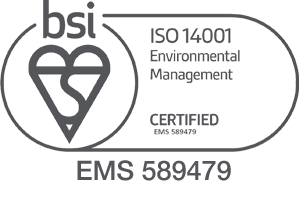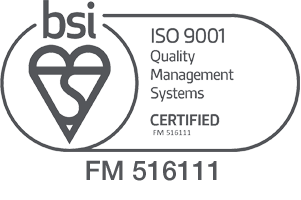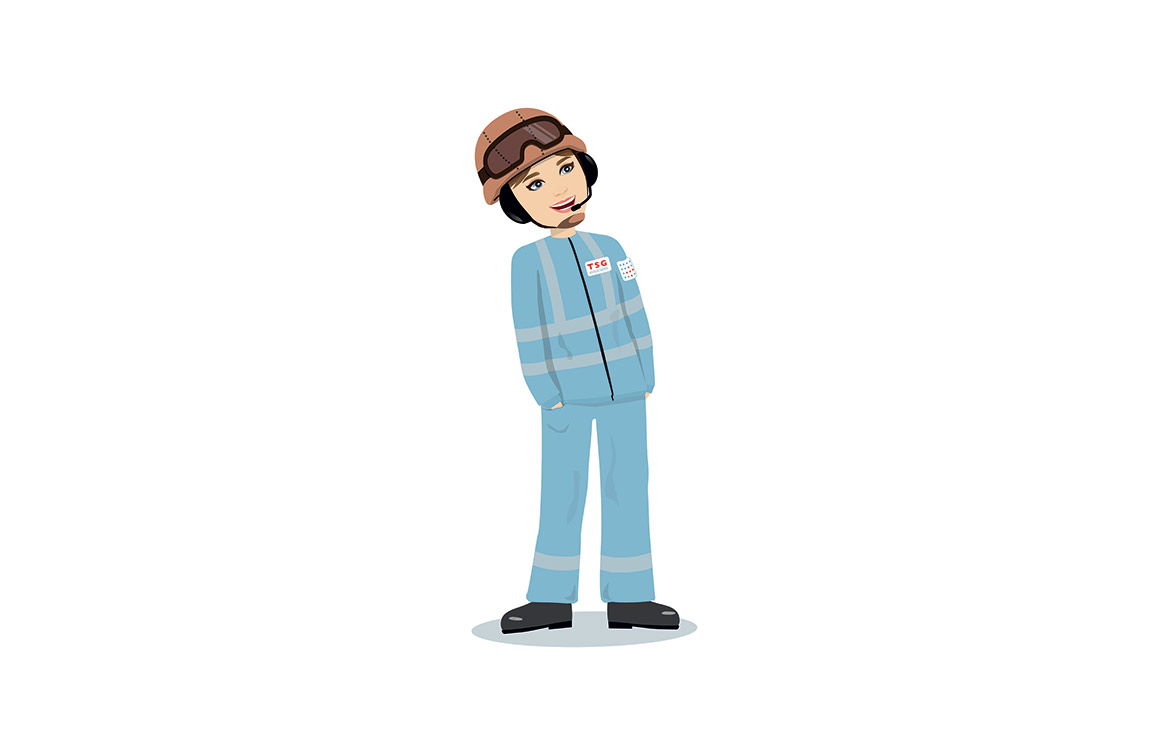
Spotlight on Tango Sierra Golf: An exclusive Q&A with TSG’s brand ambassador
We’re proud to introduce Tango Sierra Golf, TSG's new brand ambassador, and voice for field-ready, no-nonsense emergency response. In this interview, Tango shares her perspective on preparedness, priorities,…
Read more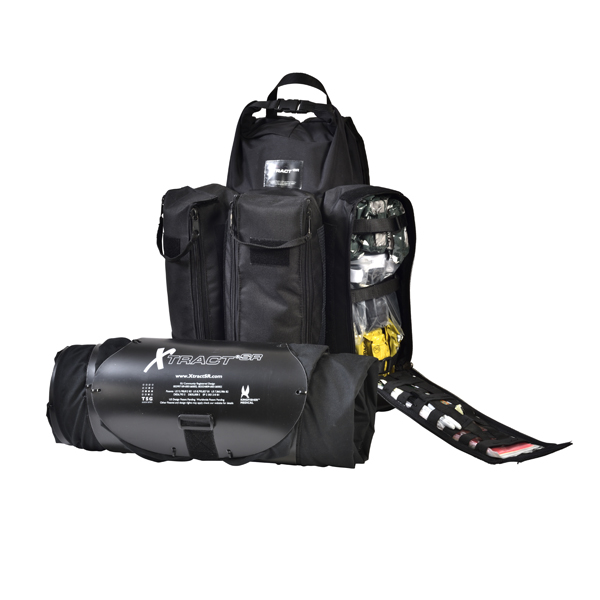
Tactical medical bags: essential features combat medics need in the field
The medical bag is one of the classic symbols of a doctor on call, acting as a badge of confidence and authority as well as a practical carry…
Read more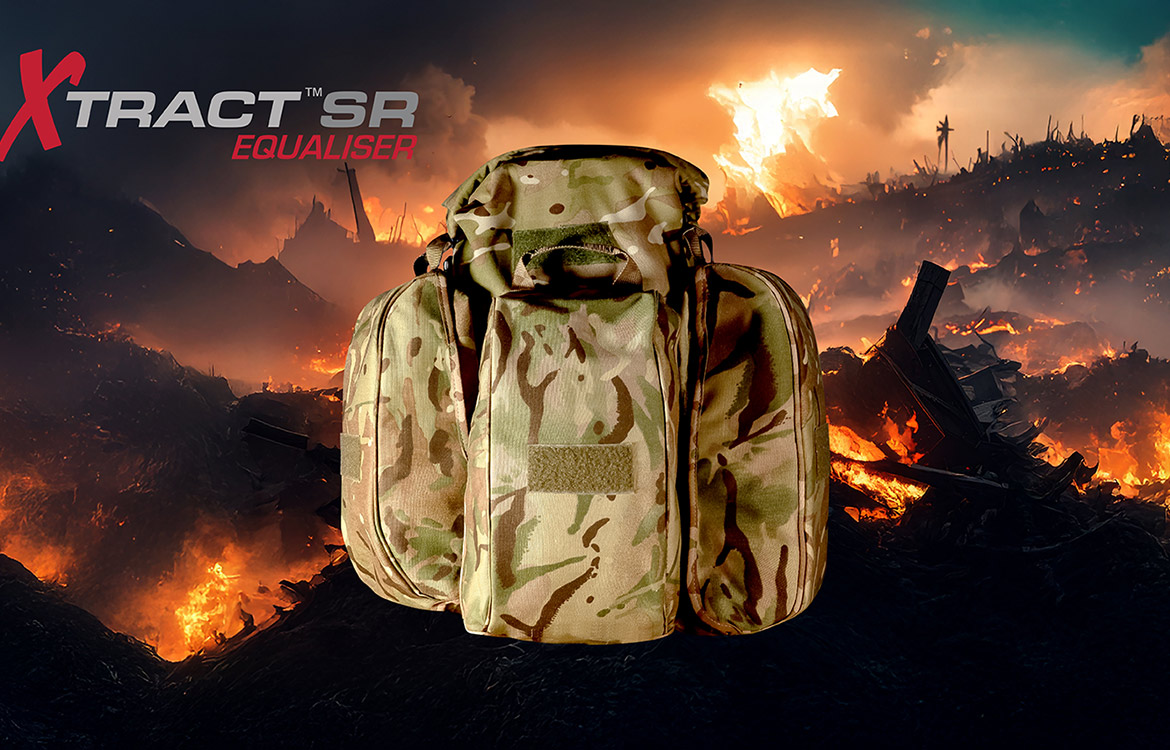
Introducing Xtract SR Equaliser™: TSG’s new medical bag redefining emergency care in the field.
When lives hang in the balance, medics depend not only on their training and resilience but also on the tools at their disposal. Yet, too many are still…
Read more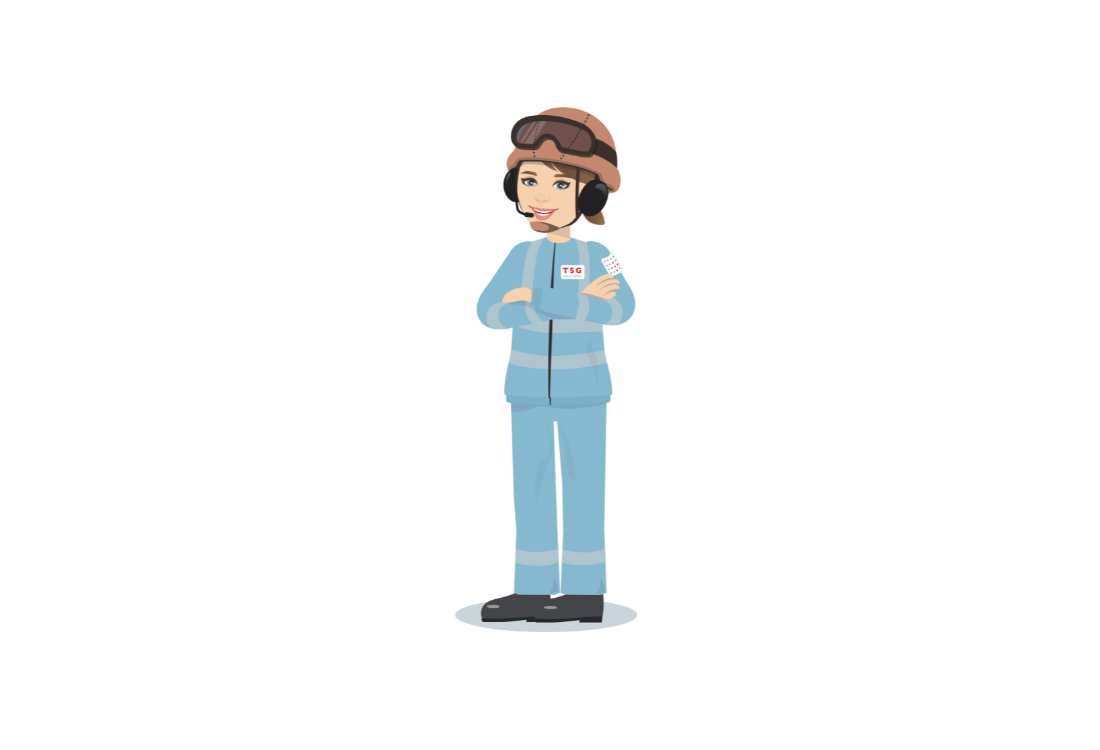
Behind the scenes: An Interview with the creator of Tango Sierra Golf, TSG’s new brand ambassador
We recently spoke with Sarah from TSG, a key member of the team behind Tango Sierra Golf, the company’s new virtual brand ambassador. In this interview, Sarah shares…
Read more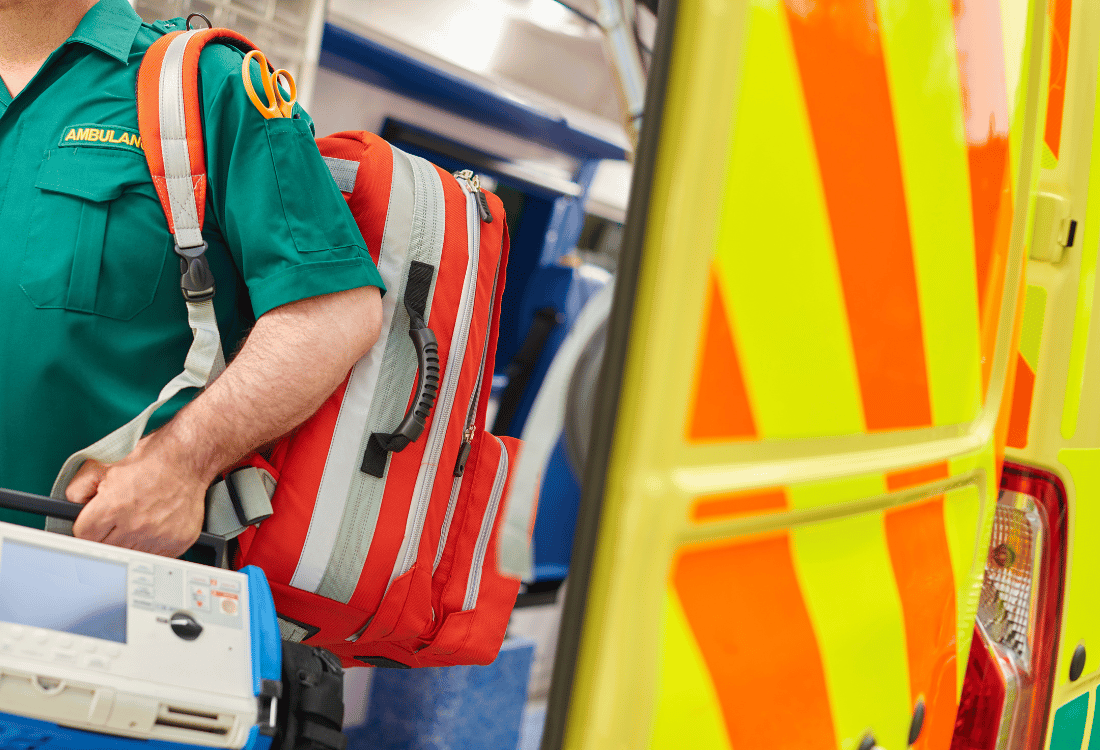
What does ATMIST stand for? A guide for emergency handover in mass casualty triage
When high-pressure emergencies occur, such as road traffic accidents, fires, or natural disasters, swift and accurate communication can be the difference between life and death, and drastically increase…
Read more
What does ACVPU stand for? Understanding a key tool in patient assessment
In high-pressure environments, such as emergency departments, critical incidents, or disaster zones, the ability to make rapid and accurate assessments can save lives. This is particularly true when…
Read more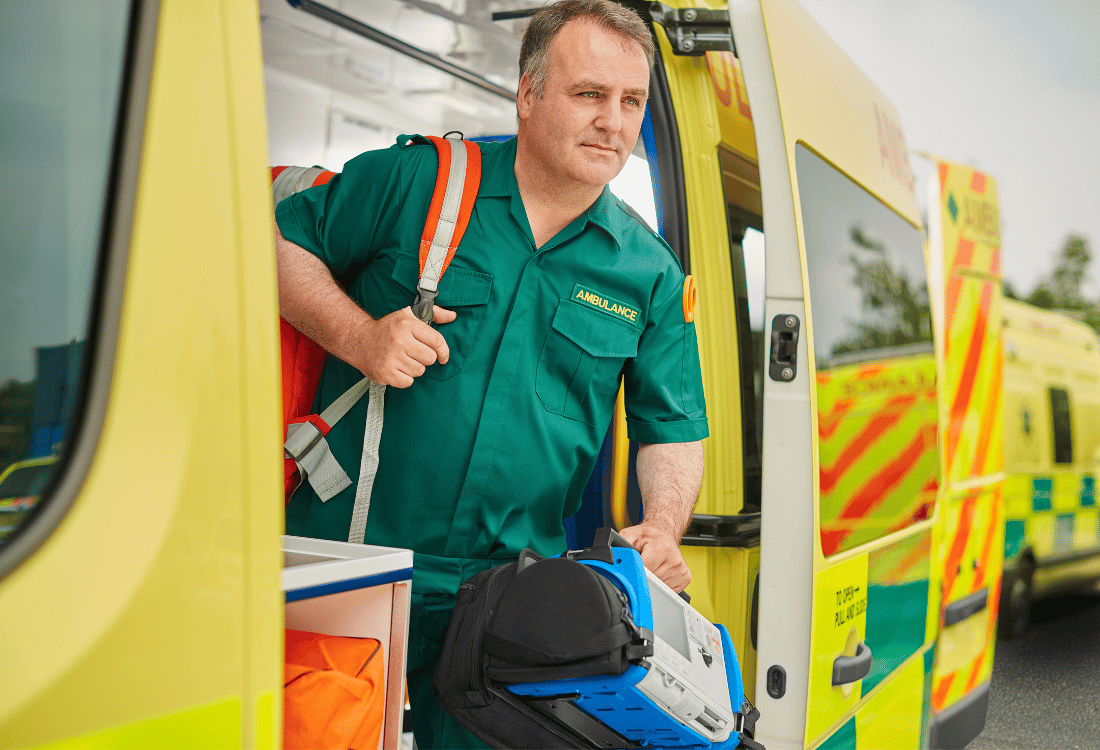
How can triage for time-critical patients improve survivability in pre-hospital trauma?
At the scene of a critical incident, emergency responders must work quickly and calmly in difficult conditions. With many injured patients and only limited resources, they rely on…
Read more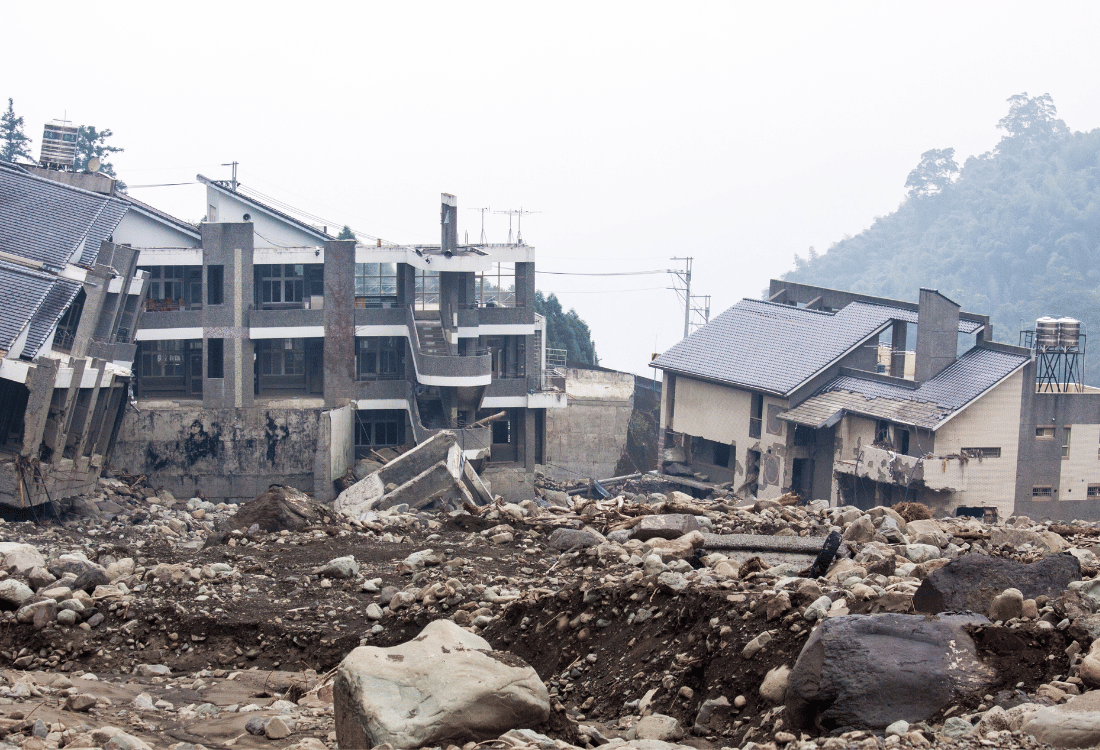
What is MIMMS? A structured approach to managing medical response in major incidents
In the critical moments following a major incident - a natural disaster, an extensive fire, or a terrorist attack, for example - poor coordination and misallocation of medical…
Read more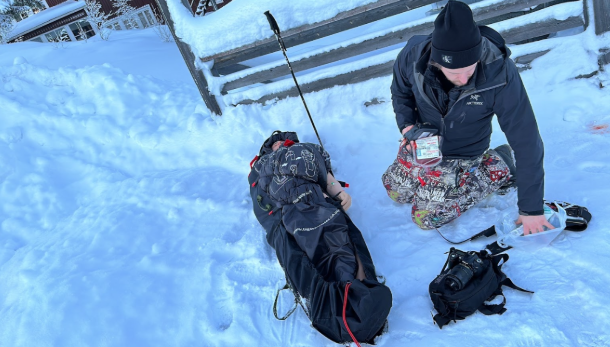
Hypothermia, are you serious? Would you lie on a cold surface without insulation?
Would you lie on a cold, wet surface without insulation? While it might sound like a pointless question with a startlingly obvious answer, in the chaos of an…
Read more
What is vertical evacuation in a Hospital?
When a critical incident occurs in a hospital, such as a fire, bomb threat, or structural failure, the safe and rapid evacuation of the building can be complex…
Read more
Hypothermia management in the desert – common sense isn’t always common
On a recent trip to Abu Dhabi for IDEX 2025 (International Defence Exhibition And Conference) in January, I found myself discussing hypothermia with two students who were studying…
Read more
Case study: Navigating water obstacles during casualty evacuations in Costa Rica
Xtract™SR Afloat: a versatile solution for extreme environments Whether you need to cross a jungle river in Costa Rica, evacuate a flooded house in Bangladesh, traverse a river…
Read more
Case study: Xtract SR™ stretchers in use by the Swedish Armed Forces
Case study: Xtract™ SR stretchers in use by the Swedish Armed Forces Our Xtract™ SR Stretchers are used by numerous military, police, first response, medical, and industrial customers around…
Read more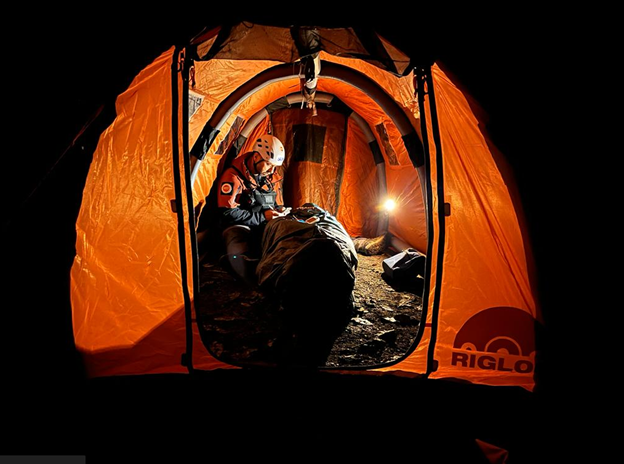
Why the hypothermia burrito wrap is deeply flawed. Hypothermia, are you serious?
The colourfully named ‘hypothermia burrito wrap’ is a method frequently used to treat casualties suffering from hypothermia. The principle behind the method is to wrap someone in layers…
Read more
TSG Talk- Saving lives in conflict zones
In this episode, Senior Partner Colin Smart engages in a compelling conversation with Richard Villar, delving into his remarkable experiences of saving lives in conflict zones around the…
Read more
25 Essential pieces of medical equipment: insights from our podcast guests
Over the past few years, we’ve had the pleasure of hosting 25 insightful podcasts, each one a unique exploration into the world of medical practice. A recurring question…
Read more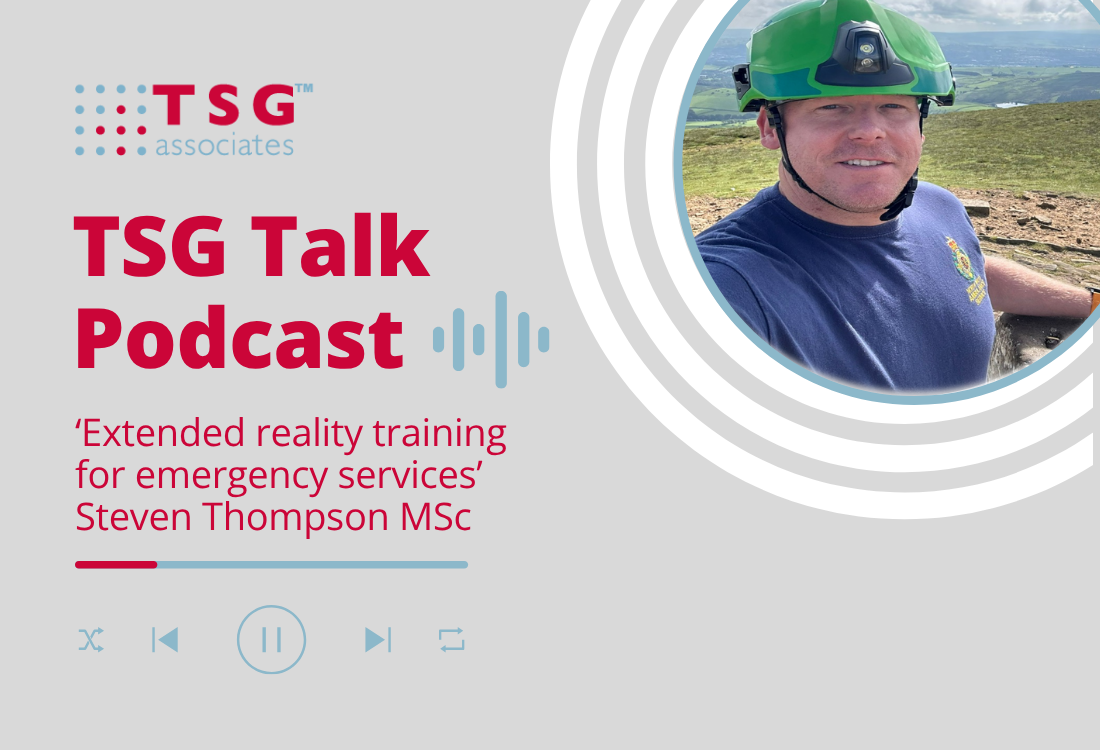
TSG Talk- Reality training for emergency services
In this episode, Senior Partner Colin Smart had an enlightening conversation with Stephen Thompson, an area response team paramedic in Manchester for the Northwest Ambulance Service. They delved…
Read more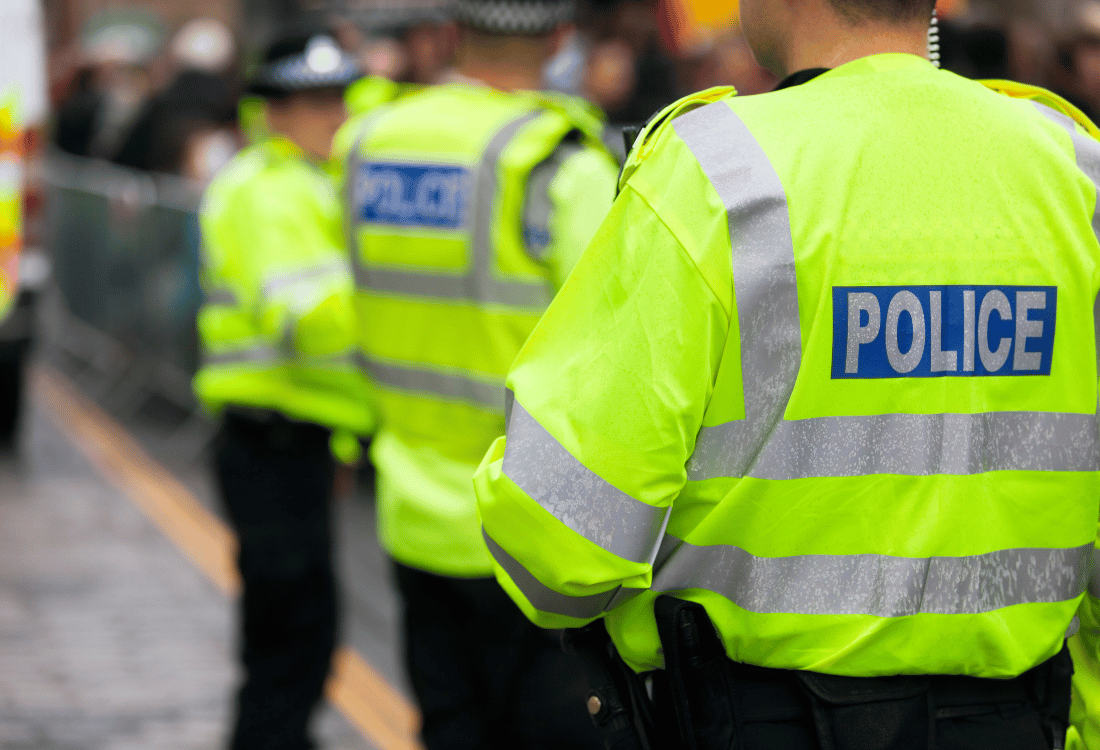
Is your equipment functional for first responders to perform primary triage?
While police officers are not medical professionals, they are often the first responders to arrive at an emergency scene and will need to conduct primary triage. Officers must…
Read more
The challenges of implementing an MCI triage system in the ambulance service
Ambulance services frequently find themselves on the frontline of pre-hospital triage during multiple casualty incidents (MCIs). Successful MCI management often hinges on the tools and training available to…
Read more.png)
How can pre-hospital triage help hospitals better react to an external major incident?
External major incidents involving multiple casualties, while rare, can quickly overwhelm a hospital’s emergency treatment facilities. Not only are casualties taken directly to the hospital by ambulance, but…
Read more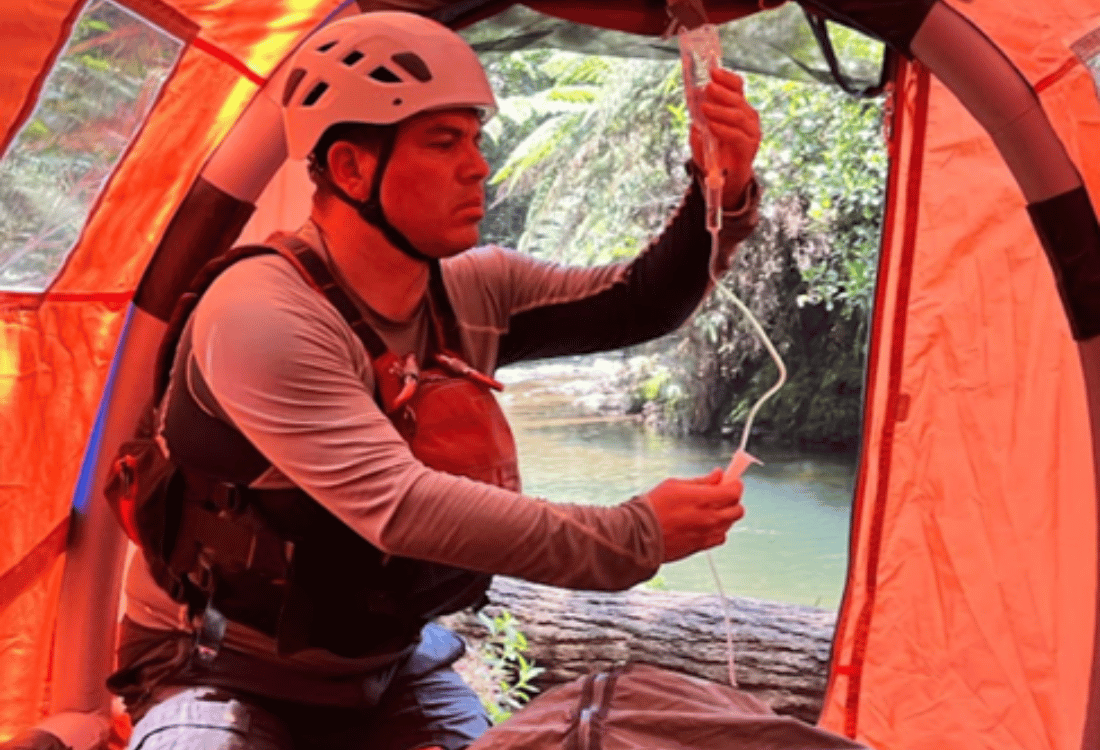
Is a space blanket any use to a wet casualty? Hypothermia, are you serious?
A trauma victim who has wet clothes following submersion in water, or exposure to rain or snow in an austere environment is at critical risk of hypothermia. Most…
Read more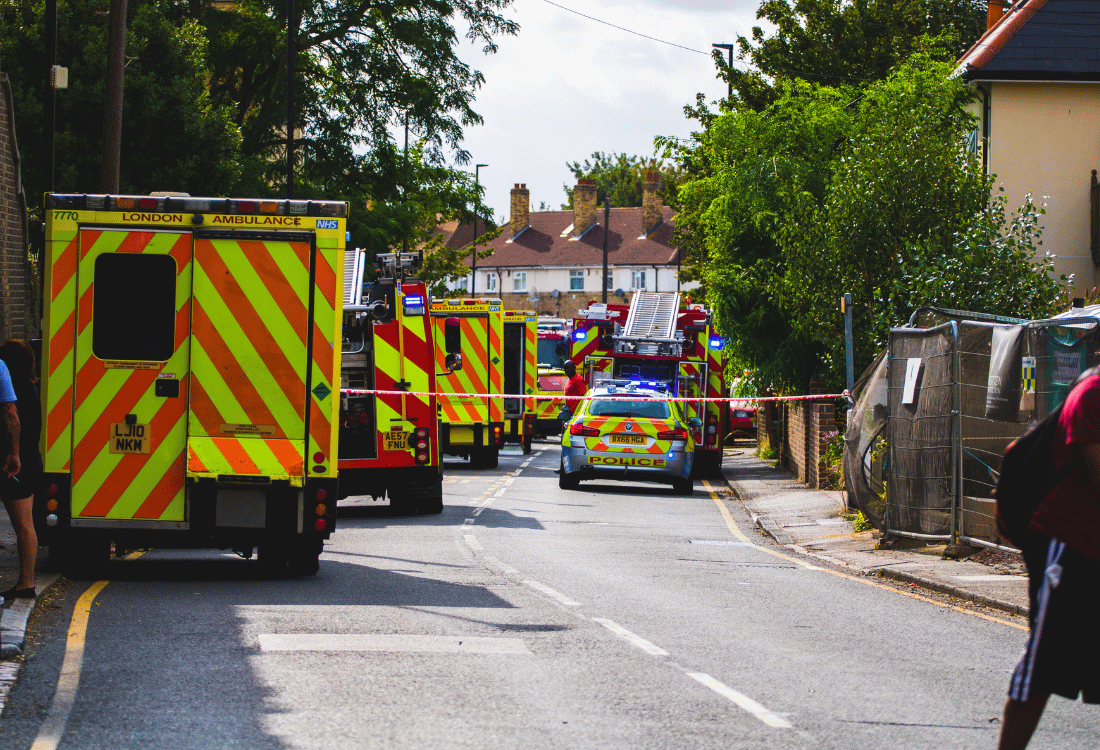
What is ten second triage?
Ten Second Triage (TST) is a new rapid assessment system developed and published by the NHS in 2023, used by many emergency response services and hospitals in the…
Read more
Why mylar blankets fall short in hypothermia treatment. Hypothermia, are you serious?
Mylar blankets, often referred to as ‘space blankets’ or reflective foils, have been a standard tool in hypothermia management kits since they were developed by NASA in the…
Read more
We are Hiring! - Part Time Marketing Coordinator
Title: Marketing Coordinator Location: TSG Associates, Albany Works, Long Lover Ln, Halifax HX1 4QF Position Type: Part-Time About Us: TSG Associates are a leading provider of innovative, life-saving…
Read more
TSG Talk- Burns Surge Capacity Planning
In our latest podcast, Senior Partner Colin Smart and Professor Randy Kearns delved into the unique challenges of providing medical care in complex environments. Their conversation highlighted the…
Read more
Is your hospital’s major incident response ready for self-presentation of casualties from a major incident?
During a Mass Casualty Incident, such as a natural disaster, terrorist event, or biosecurity incident, the main focus of emergency response teams is the casualties at the site…
Read more
Why a hospital evacuation plan is essential for RAAC in hospitals
RAAC – Reinforced Autoclaved Aerated Concrete – hit the headlines in August 2023, sparking concern about the potential collapse of public buildings, including schools, hospitals, and courts. While…
Read more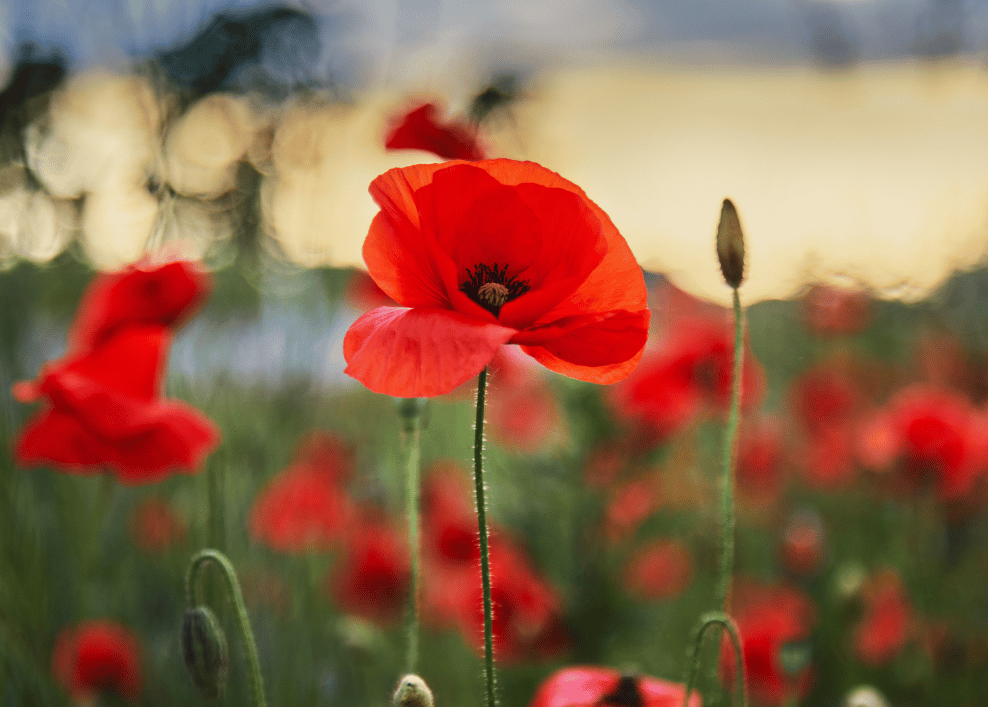
Celebrating Remembrance Day and Double Victoria Cross Heroes
The Victoria Cross is Britain’s most prestigious honour for those who have shown great bravery and valour in the field of battle. Since the award’s inception in 1857,…
Read more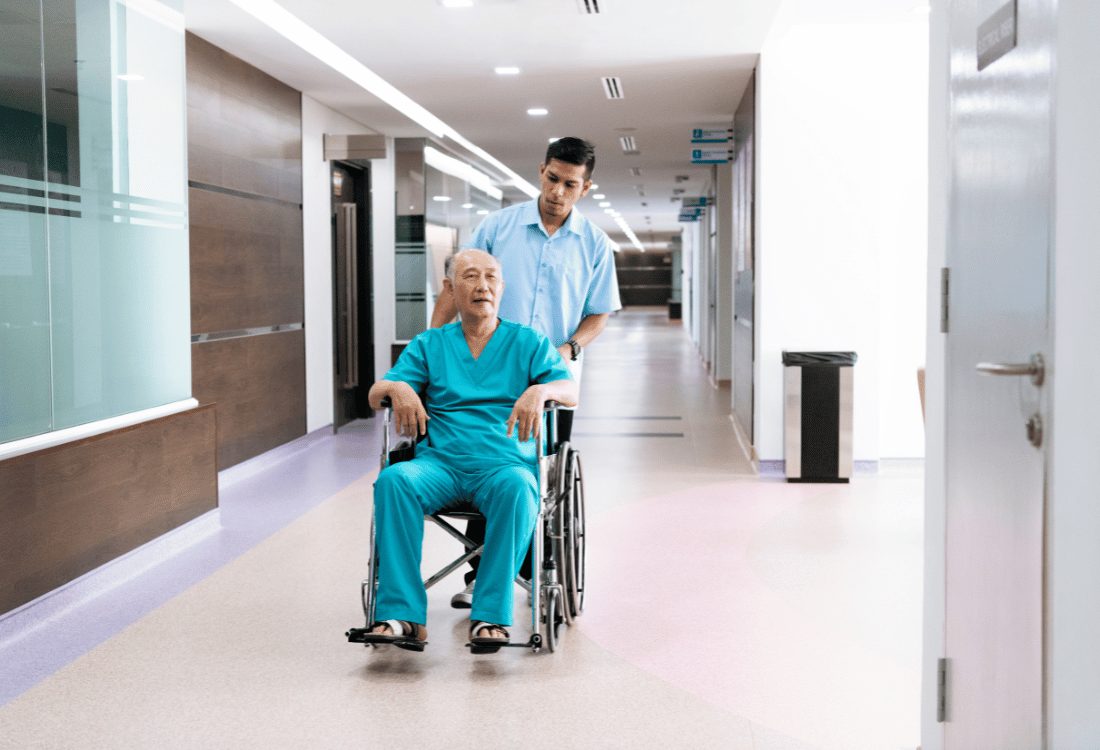
A hospital porter’s insights into patient property management
Lost patient property is a significant and often overlooked issue in hospitals. It not only consumes valuable time and resources but also impacts patient satisfaction and trust. From…
Read more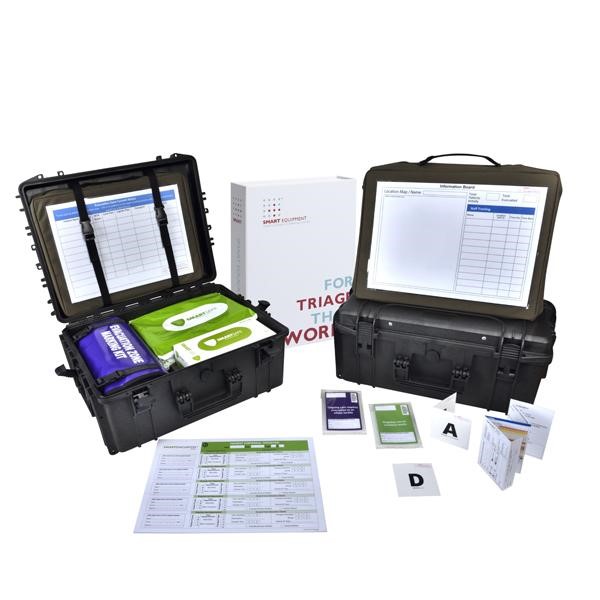
5 Ways Our Smart Evacuation™ System Assists Your Hospital Evacuation
While hospital evacuation is one of the most complex logistical challenges healthcare managers can face, it is a scenario for which all NHS and private organisations must be…
Read more
What are the different types of hospital evacuation?
The decision to evacuate a hospital is based on the assessment of various factors to ensure the safety and wellbeing of patients, staff, and visitors. It is always…
Read more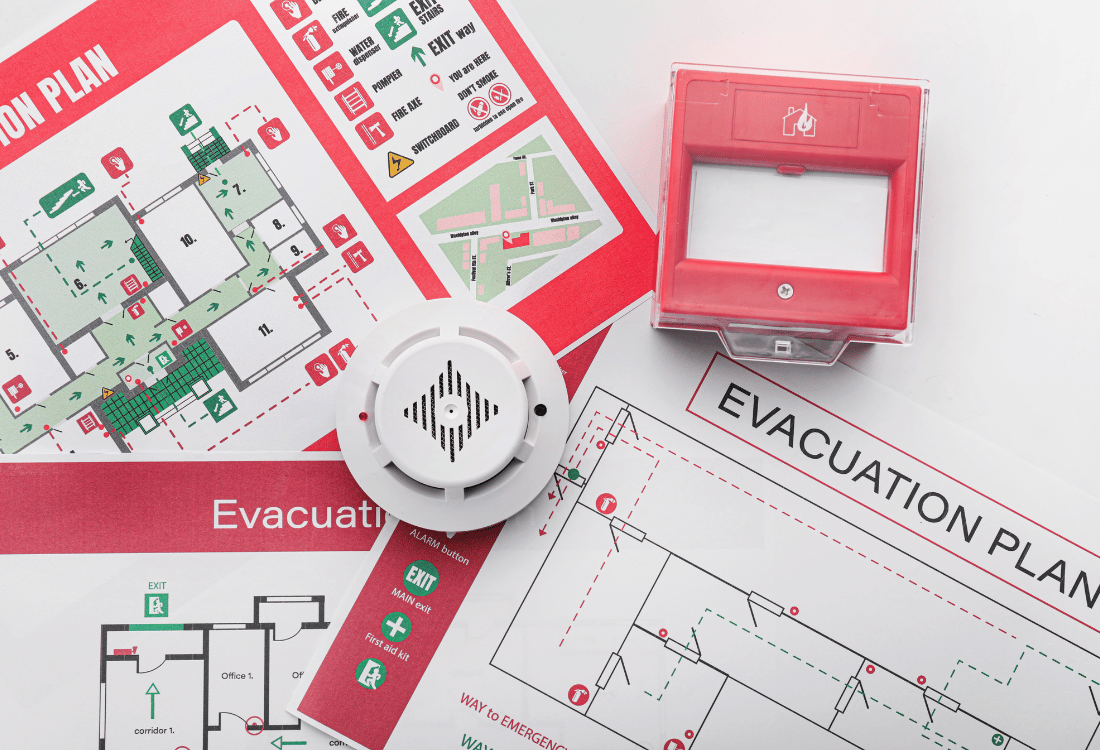
Is your hospital adequately equipped for an evacuation if the situation arises?
Like all public buildings, hospitals may need to be evacuated in an emergency, but there are considerable challenges to overcome to protect patient safety. Many patients depend on…
Read more.png)
TSG Talk- From crisis to change
Contemporary Warm Poem written by Major General Hodgetts - recited and discussed on TSG Talk This poem was borne from the image of the funeral cortege passing through…
Read more
How can you safeguard patient critical possessions during a hospital evacuation?
Hospital evacuations have the potential to be extremely chaotic, with a real risk of critical possessions being waylaid in the effort to evacuate patients to safety. While all…
Read more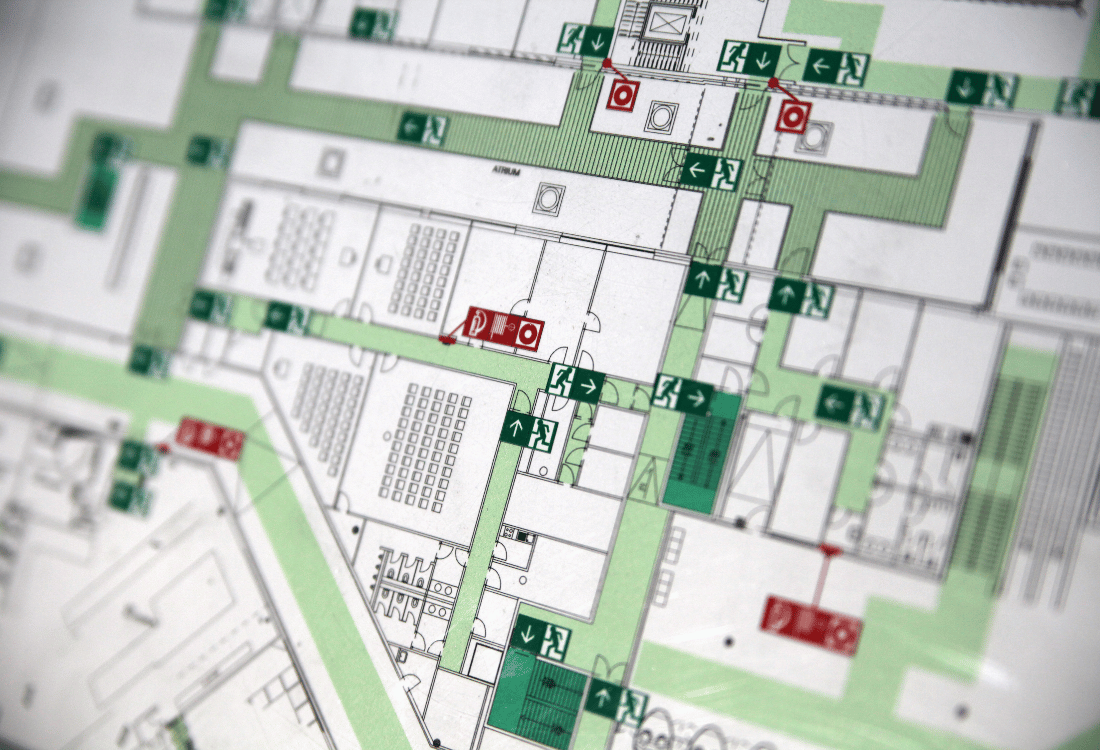
Unlocking the Intricacies: how do hospitals evacuate patients?
Partial hospital evacuations are more common than many of us realise and whilst full hospital evacuations remain relatively rare, we still need to plan for both. Whether partial…
Read more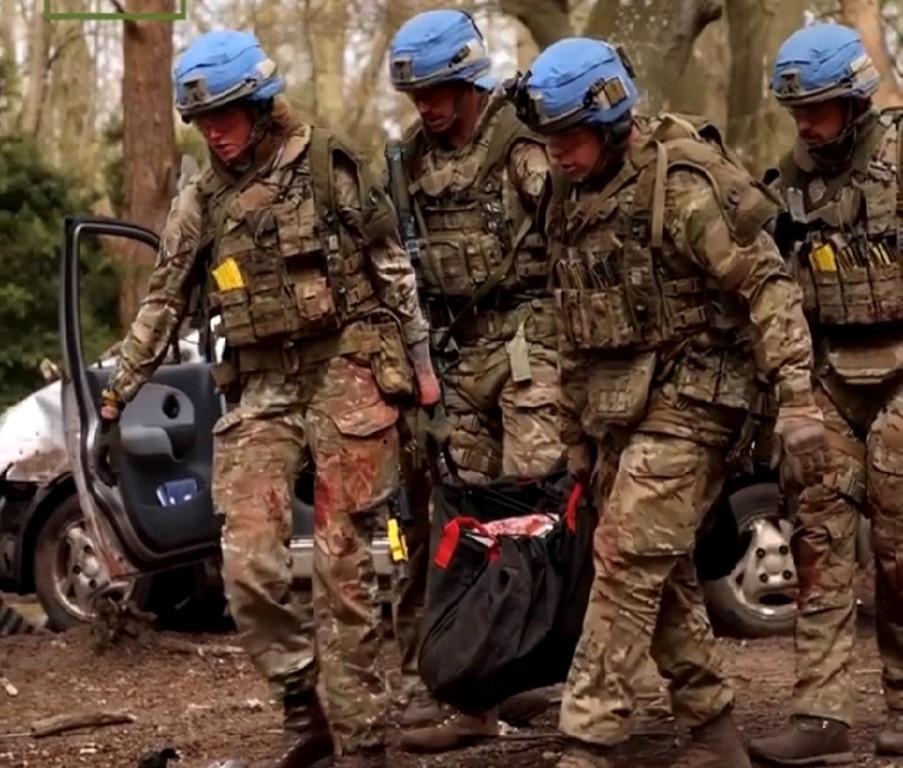
On the move: the tactical advantage of lightweight stretchers in military operations
When soldiers are injured in combat situations, their survival depends on them being quickly evacuated from the battlefield to a place of safety where they can receive the…
Read more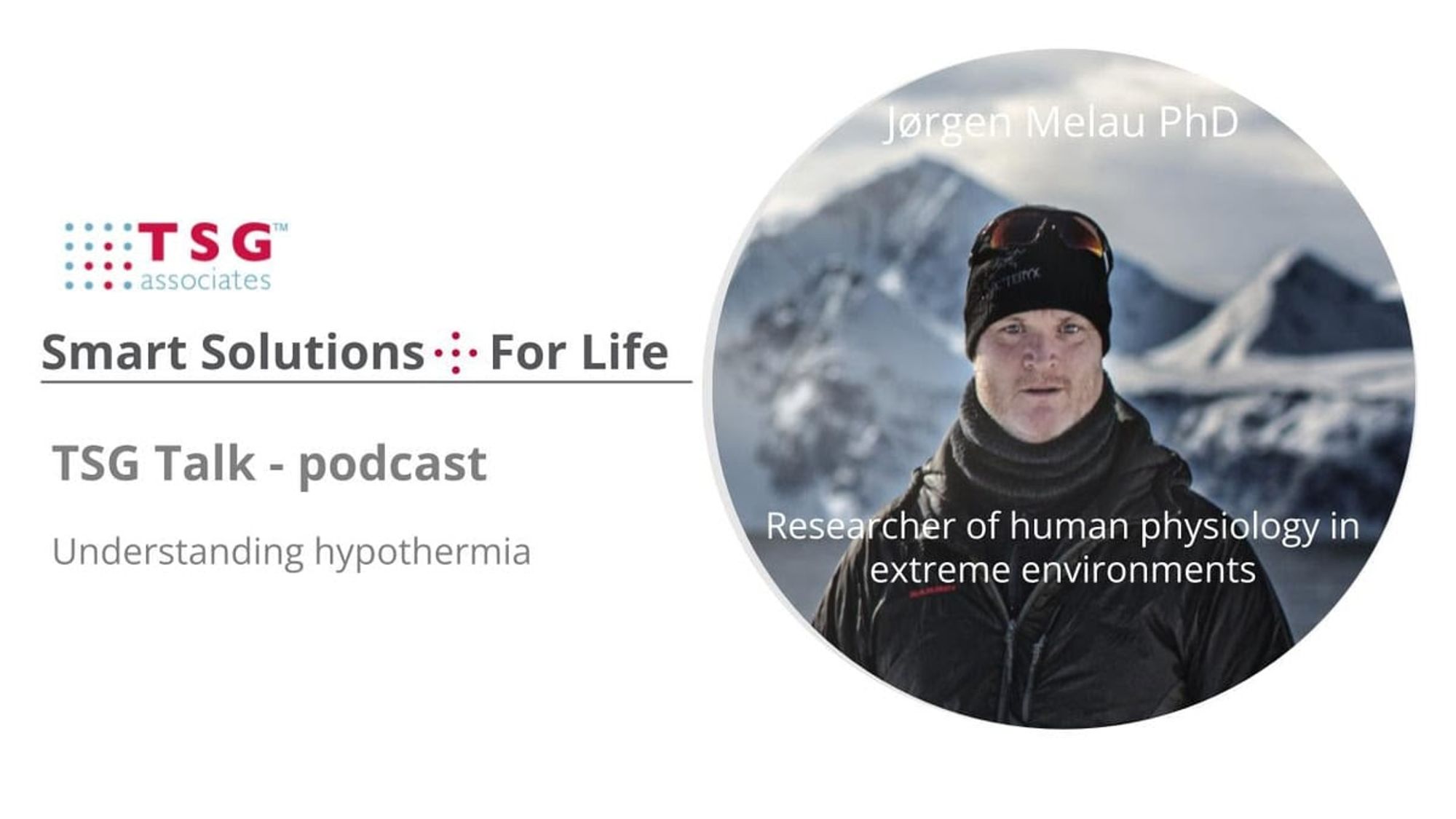
TSG Talk- Understanding hypothermia
In one of our recent episodes, Senior Partner Colin Smart welcomed Jorgen Melau, PhD, to explore the critical domain of hypothermia prevention and management. Jorgen highlighted his findings…
Read more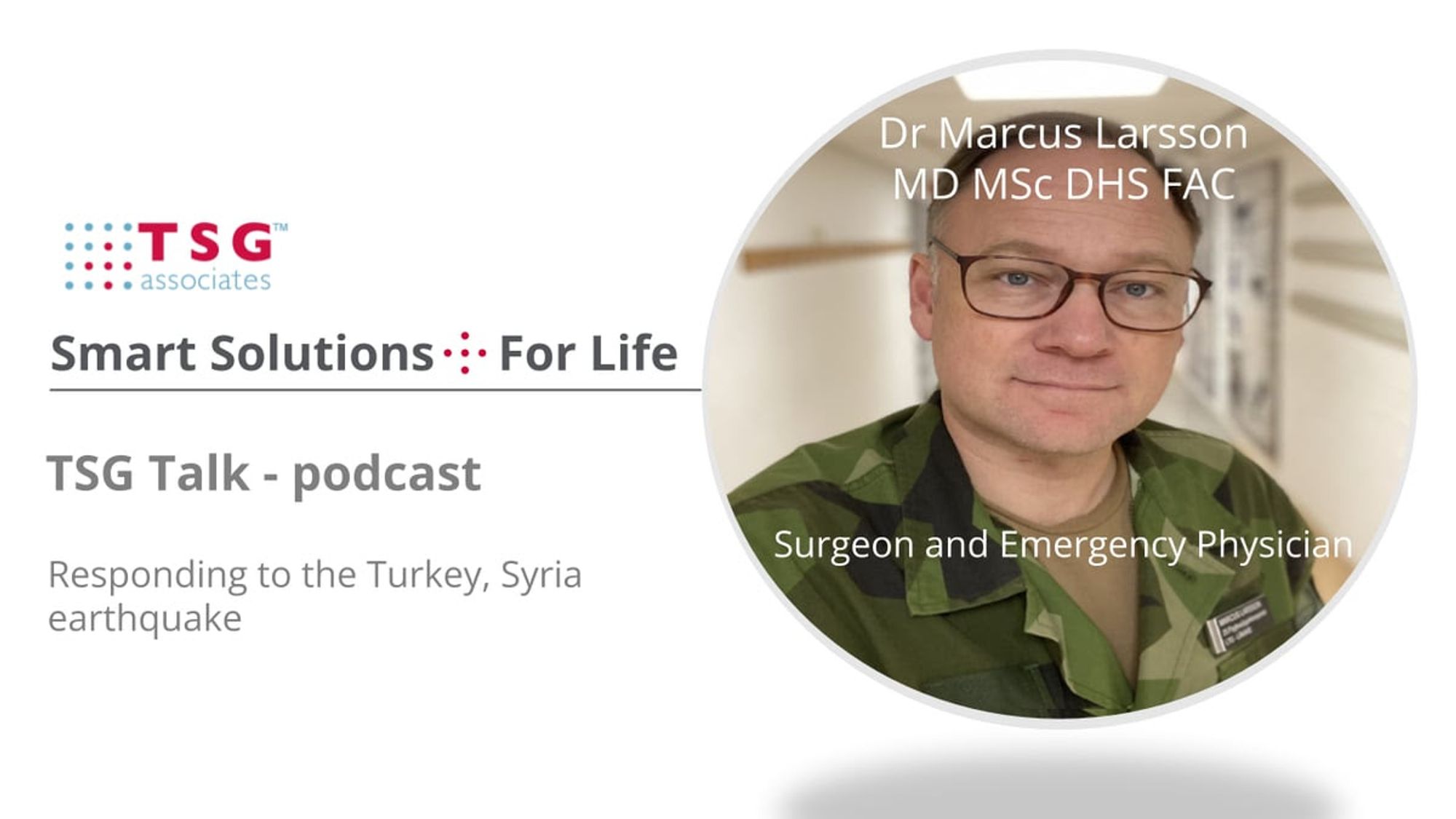
TSG Talk- Delivering medical aid to the Turkey/Syria earthquakes
During this episode, Colin Smart, our Senior Partner, had a conversation with Dr. Marcus Larsson about his essential role in providing medical aid during the Turkey-Syria earthquakes. They…
Read more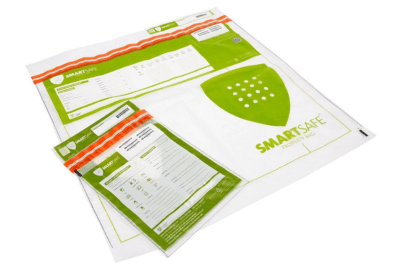
How patient property bags will save your hospital time and money
‘1% increase in staff efficiency could save the NHS £280 million a year,’ Lord Carter estimated in his report (Operational productivity and performance in English NHS acute hospitals:…
Read more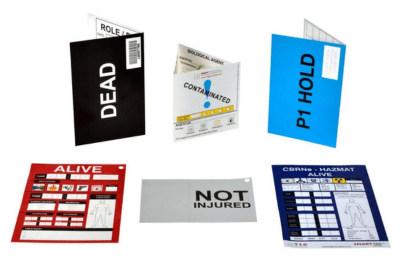
ATMIST - What emergency first responders need to know
Why is casualty handover so important? “Handover of care is one of the most perilous procedures in medicine, and when carried out improperly can be a major contributory…
Read more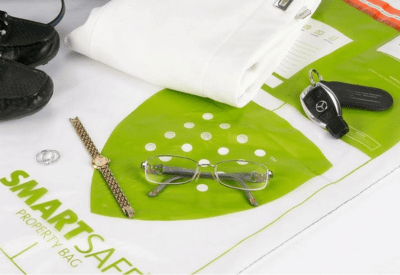
How proper patient property management can ease the burden on the NHS
What is the true cost of lost patients’ property? Never before has the NHS been under such financial pressures. We are all personally familiar with increased costs, whether that…
Read more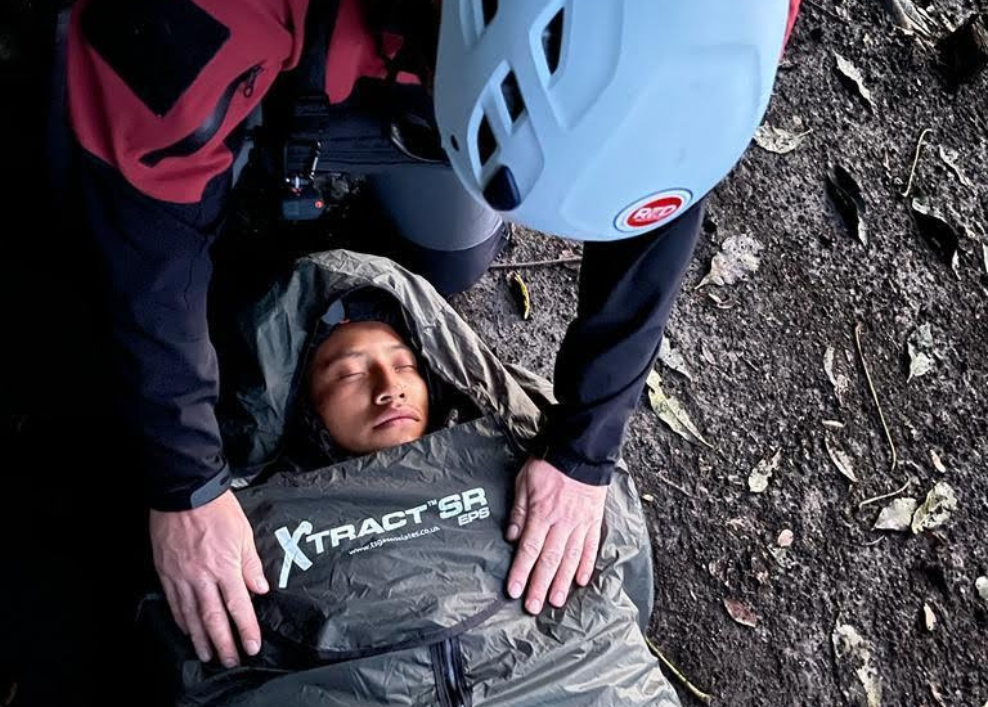
Understanding hypothermia’s impact on trauma casualties
Hypothermia can be a complication of traumatic injury, capable of exacerbating a casualty’s condition and reducing survival chances. Understanding its impact is essential if seriously injured casualties are…
Read more
How did triage start?
The blockbuster film Napoleon shows the horrors of the battlefield in the eighteenth century in graphic detail. Behind the fighting, Napoleon's surgeon, Dominque Jean Larrey, was carrying out…
Read more
New SmartTag™ includes ATMIST handover
Compatible with the new MITT triage flowchart. Two new triage flowcharts in the UK will soon become a national standard. The “Major Incident Triage Tool” (MITT) is the…
Read more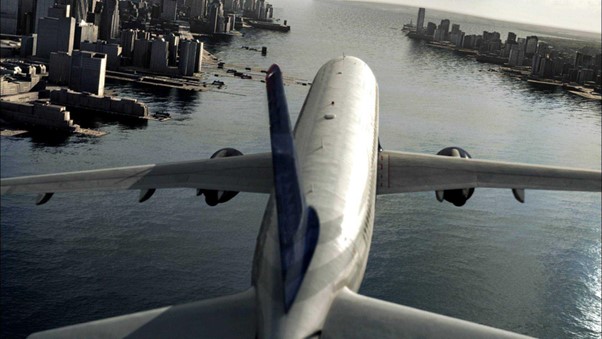
When crisis communications work
US Airways Flight 1549 was a regularly scheduled US Airways flight from New York City, but on January 15, 2009, the Airbus A320 struck a flock of birds…
Read more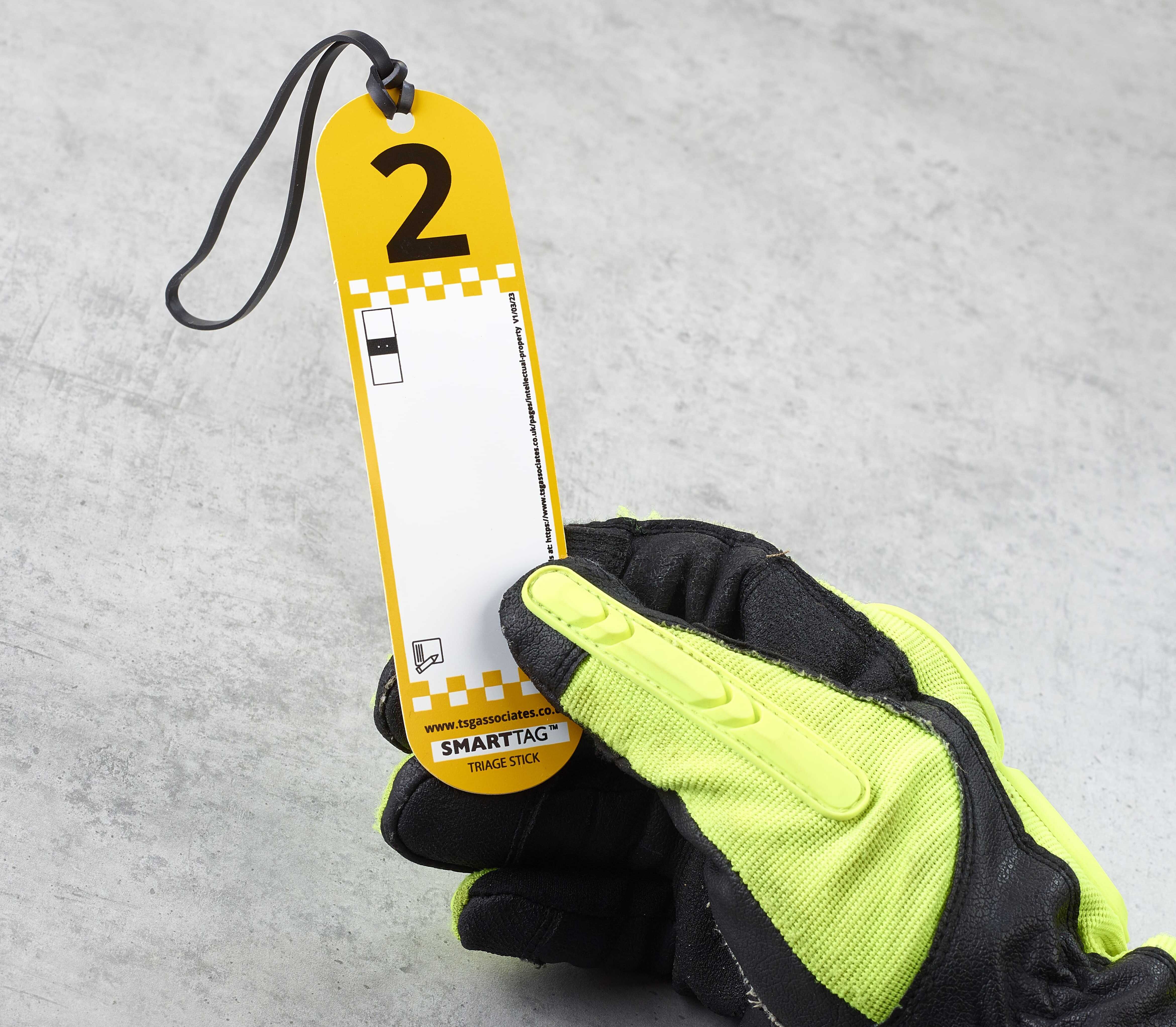
TSG Associates introduces: SmartTriage™ First Response
Our SmartTriage™ First Response is an innovative multiple-casualty triage solution that integrates a variety of equipment and training options to assist first responders in managing multiple casualty incidents.…
Read more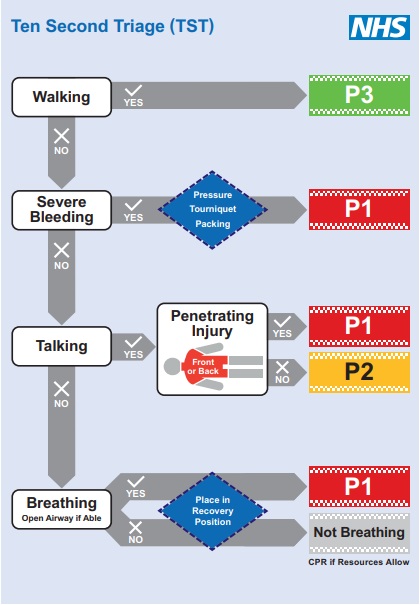
The evolution of triage systems and upcoming developments for the NHS
When a high number of people are injured in a single incident, multiple casualty triage is vital because it allows first responders to prioritise patients and provide urgent…
Read more
How will Martyn’s Law impact your venue’s staff training?
Martyn’s Law, which is due to come into effect imminently, is a key piece of legislation arising from the public inquiry into the Manchester Arena bombing in which…
Read more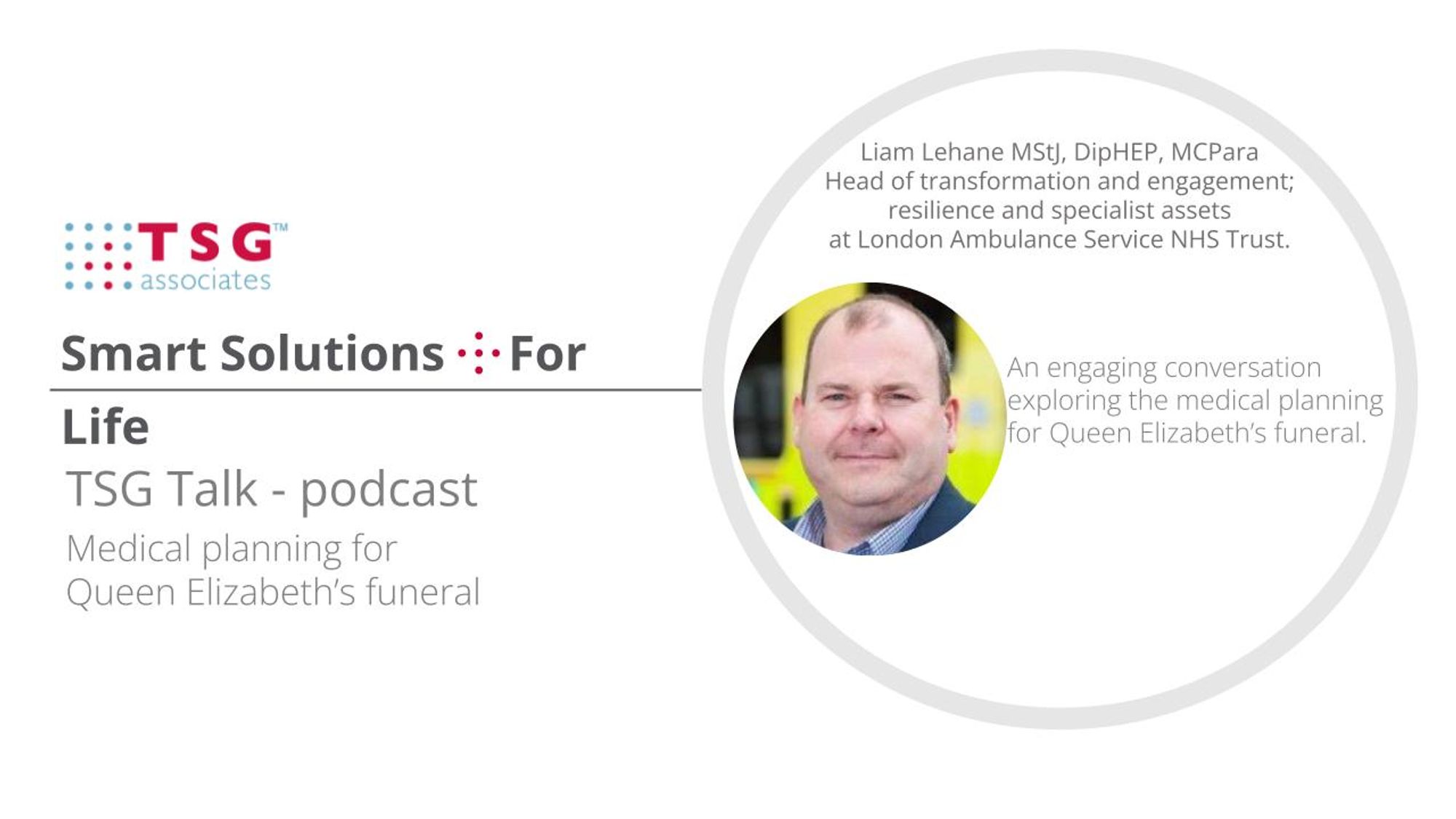
TSG Talk- Planning the medical response for the funeral of Queen Elizabeth II
In a recent episode of our podcast, Senior Partner, Colin Smart, engaged in a fascinating conversation with Liam Lehane. His unique insights into the medical planning behind the…
Read more
TSG Talk- A long wait
In a recent instalment of our podcast, Senior Partner, Colin Smart, engaged in a discussion with 77-year-old Ted Liddle. Ted, while preparing for a charity cycling event, experienced…
Read more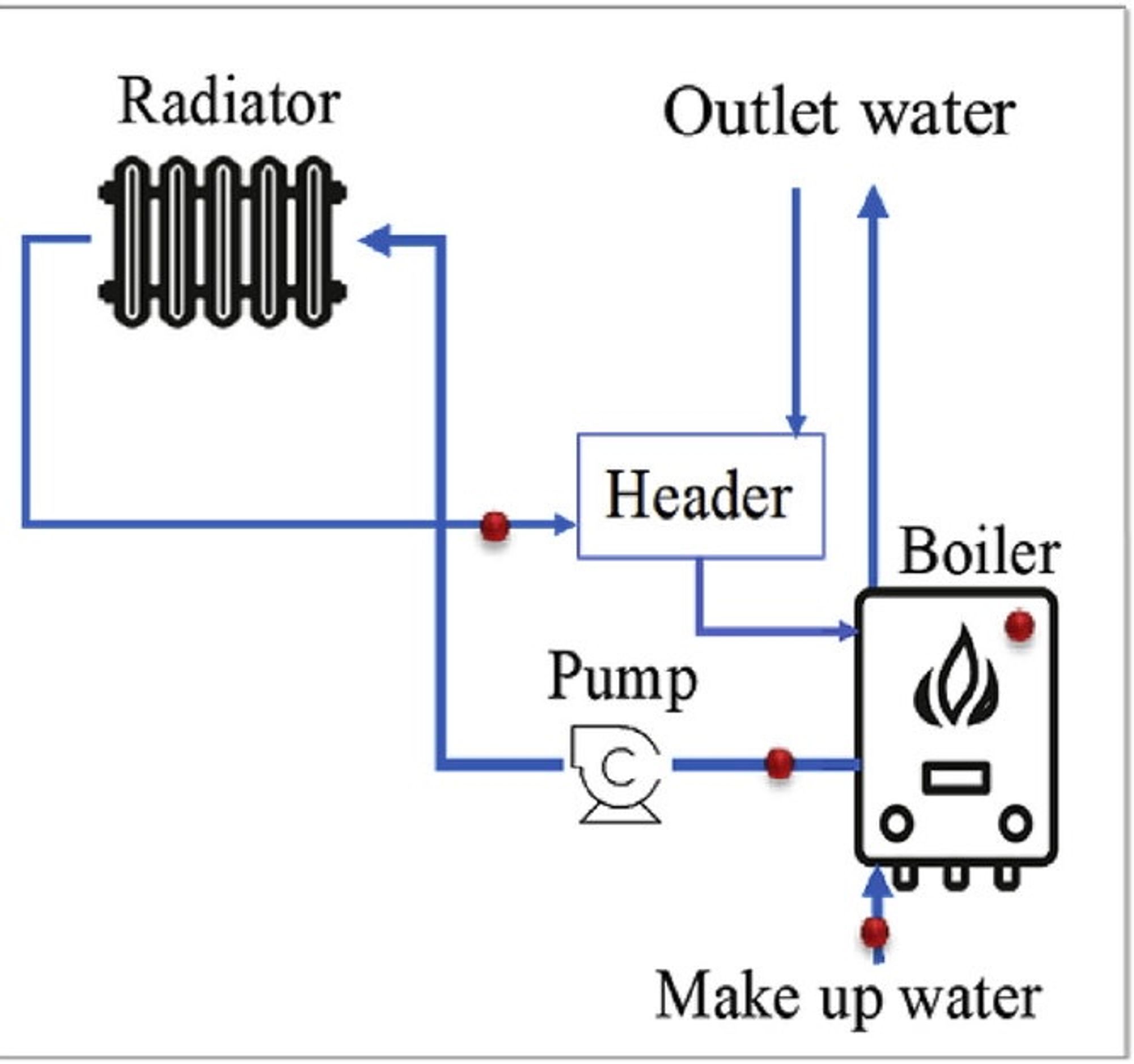
How can understanding a central heating system help with the Lethal Triad?
On a hot summer’s day in the UK, I was presenting a lecture on hypothermia to a diverse group of students from first aid instructors to pre-hospital doctors.…
Read more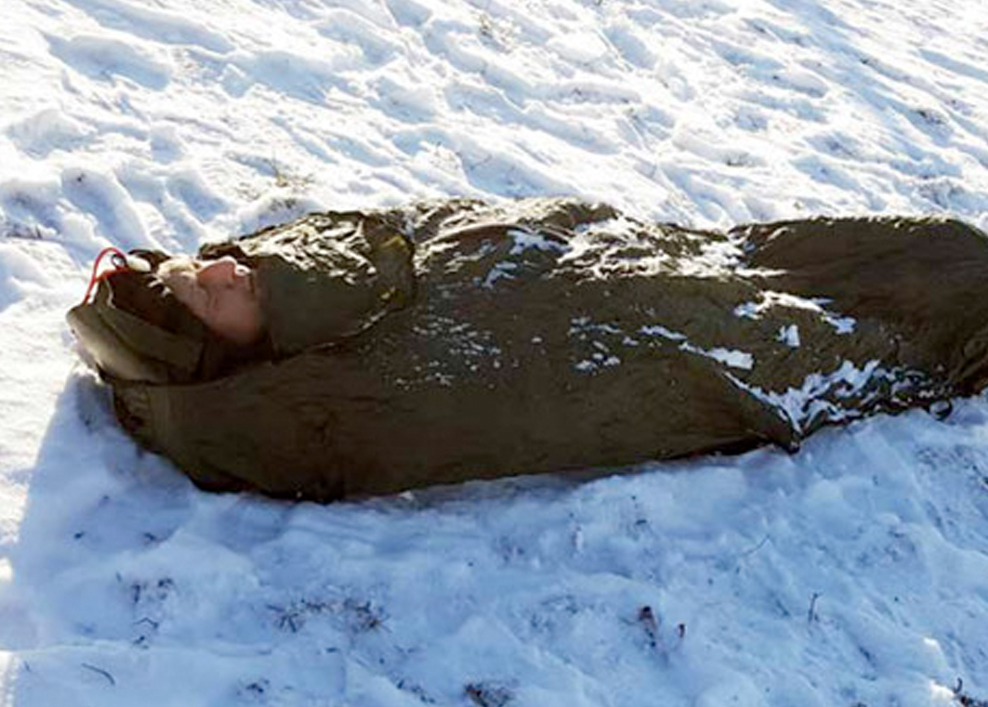
The challenges of preventing hypothermia in remote areas
Hypothermia can be caused by exposure to cold weather, water or wind, or when a casualty is suffering from severe blood loss after sustaining trauma. Because hypothermia can…
Read more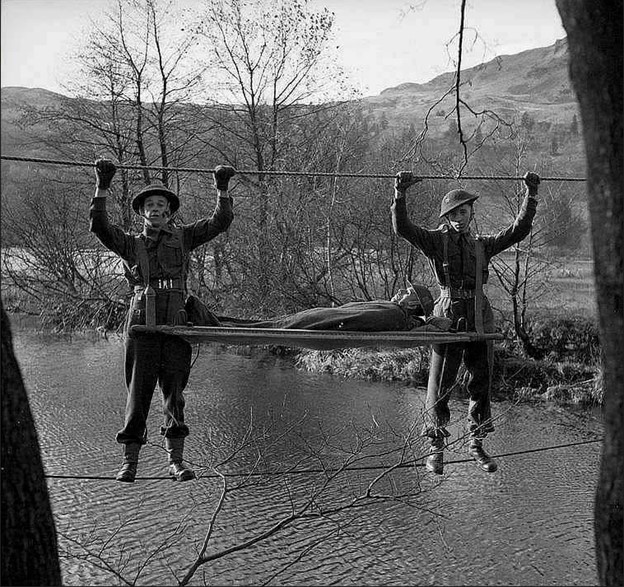
Why use a floating stretcher in a remote military setting
When a soldier is severely injured on the battlefield, time is of the essence. A swift and effective evacuation will enable a casualty to receive urgent medical care…
Read more
Key features to look for in triage tags in a natural disaster
When a disaster occurs, it’s likely that there will be a high number of casualties whose injuries will range from superficial to life-threatening. Because of the challenges of…
Read more
Is all hypothermia the same?
Hypothermia is generally understood to be a medical condition in which the body loses heat and is usually associated with patients who are exposed to low temperatures in…
Read more
What is Martyn’s Law and what is it intended to achieve?
It’s almost certain that in a multiple casualty incident (MCI) the needs of the casualties will exceed the initial availability of medical resources. Due to the considerable disparity…
Read more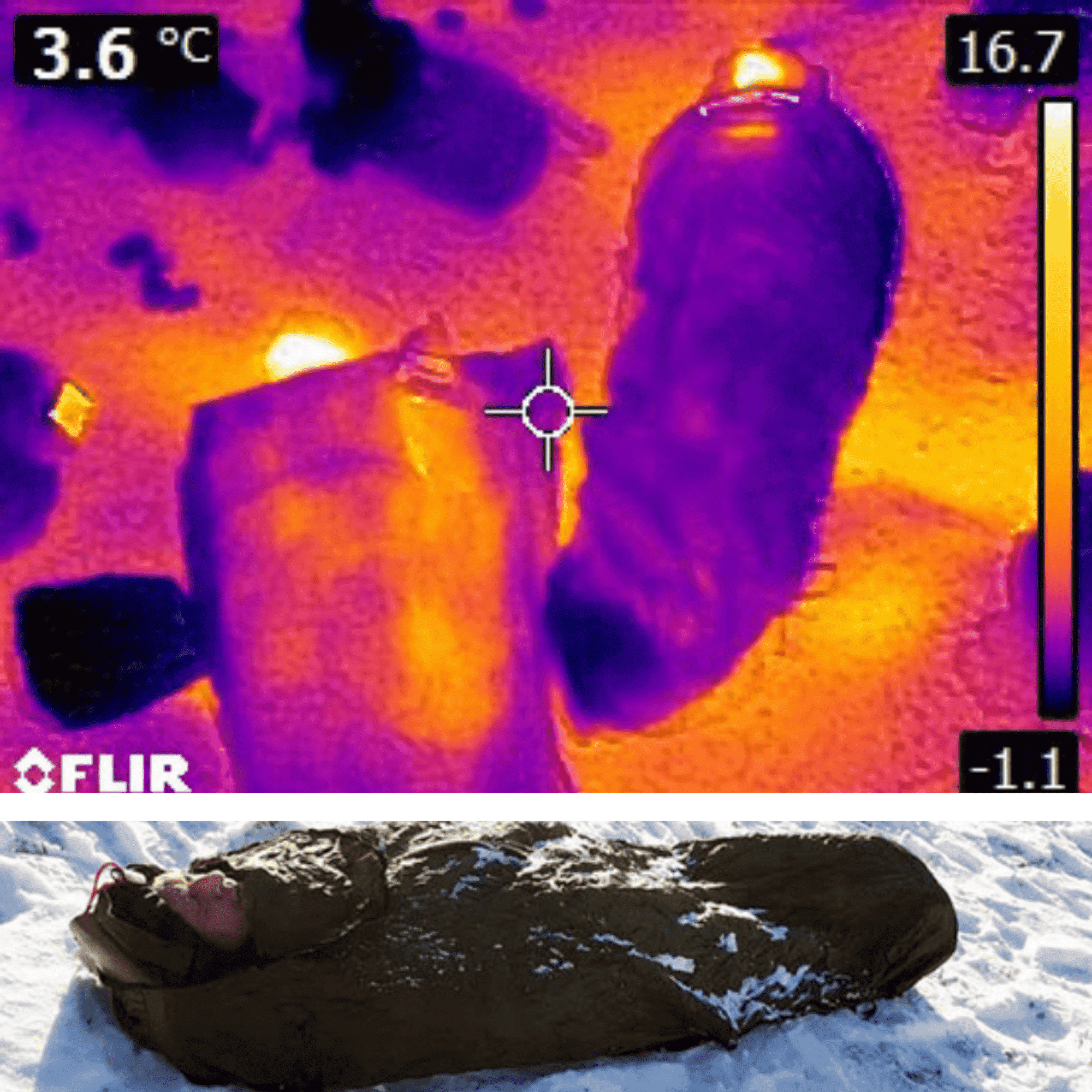
Managing Hypothermia In Trauma Patients In The Austere Environment
Anyone who has served in the military will tell you that a significant part of their service is spent being cold and often wet! It’s an unfortunate part…
Read more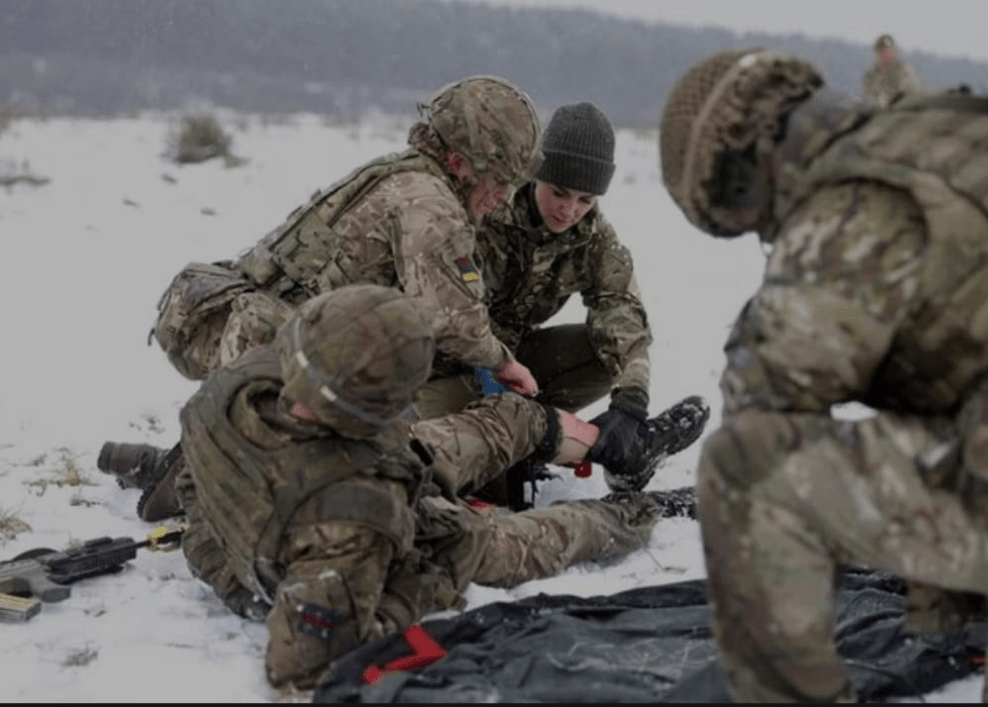
Princess of Wales uses XtractTM to treat battlefield casualties during Salisbury Plain winter training manoeuvres
International World Women’s Day, on 8th March 2023, was a bitterly cold and wintry day on Salisbury Plain, with biting winds and a full covering of snow on…
Read more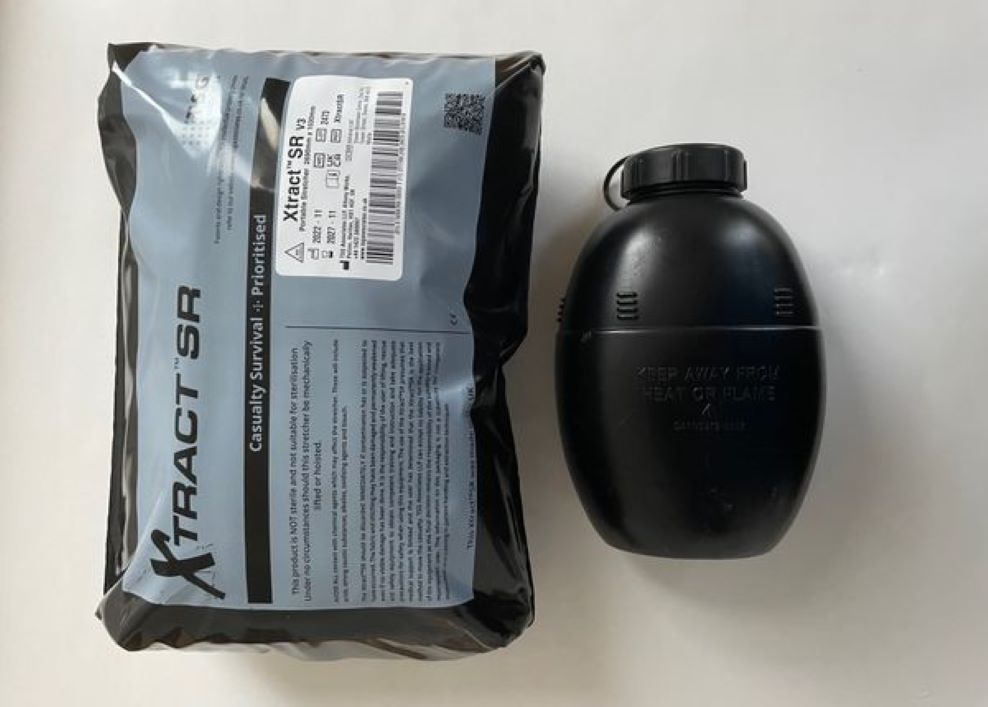
Preparing your medical kit for a major incident
When you are called upon to attend a major incident where you will offer life-saving treatment for severely wounded casualties, it’s imperative that you can act quickly and…
Read more
The 4 forms of heat loss and how to combat them
Hypothermia is a condition that occurs when the body loses heat more quickly than it can produce it and prevents the body’s vital organs and nervous system from…
Read more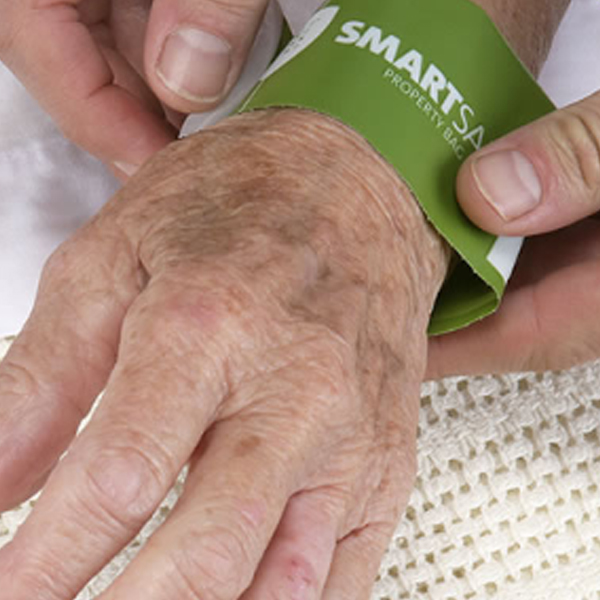
The challenges of managing patient property
Although patients are not encouraged to take personal possessions with them into hospital, inevitably many do. The loss of patient property is an ongoing issue in many UK…
Read more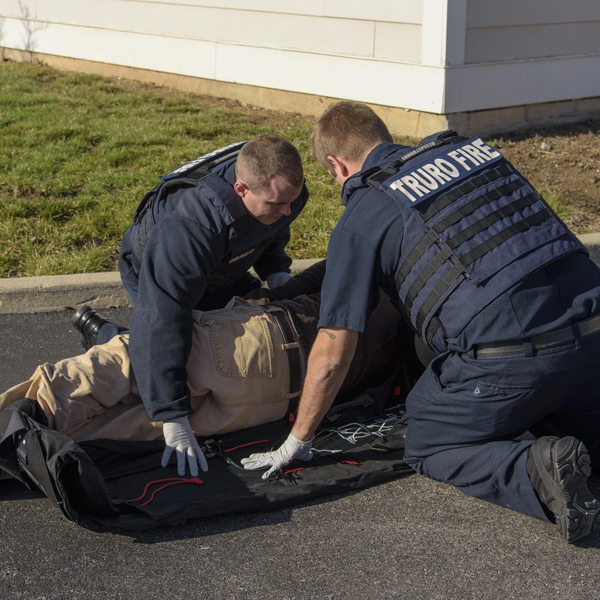
Choosing a stretcher for the austere and remote environment
Accidents in austere or remote locations often pose an elevated risk to casualties. With professional medical assistance and healthcare facilities hours, or even days, away, and hostile terrain…
Read more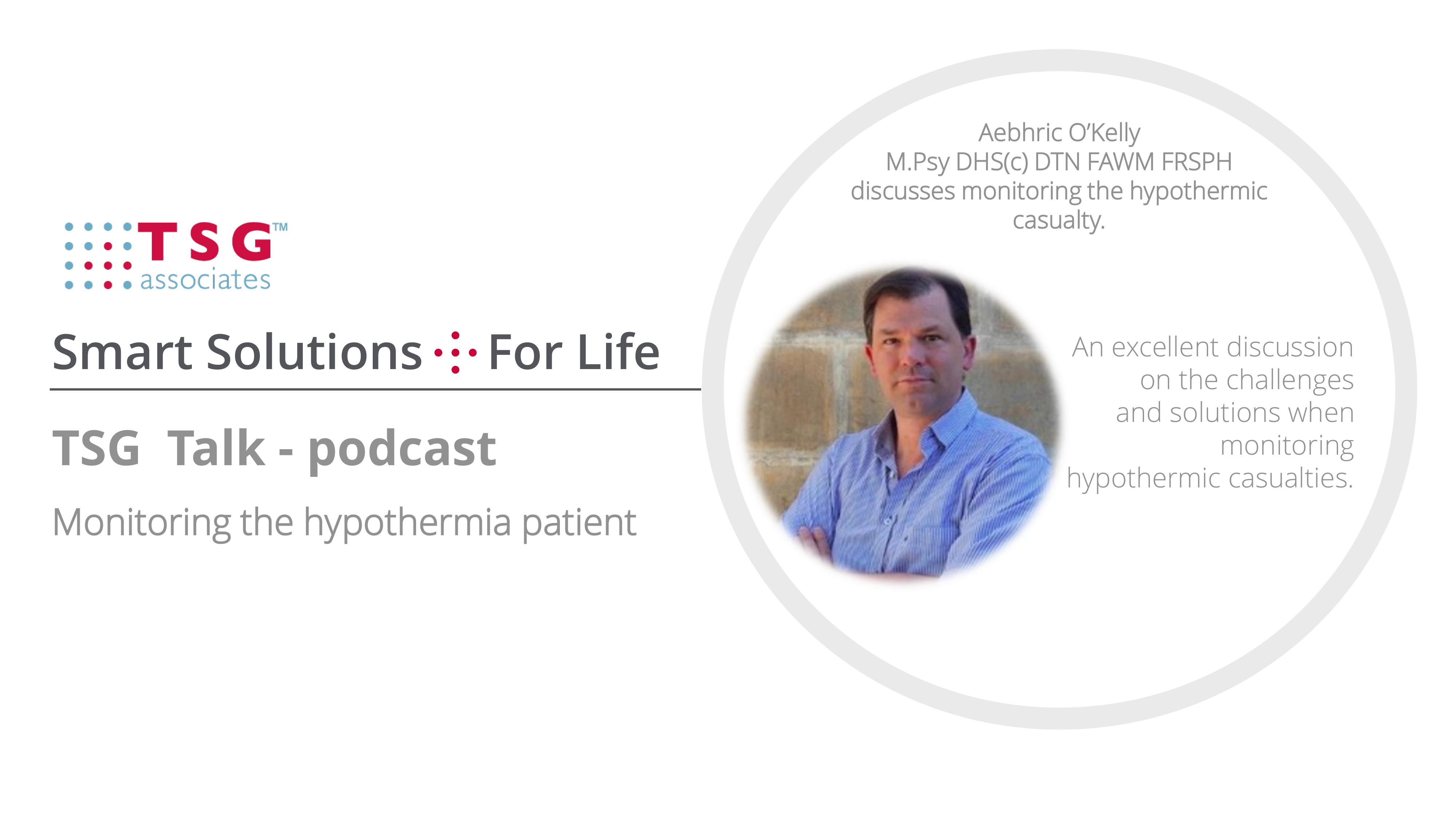
TSG Talk - Monitoring the hypothermic casualty
In a recent instalment of our podcast series, Senior Partner, Colin Smart, spoke with Aebhric O'Kelly, the Executive Dean for the College of Remote and Offshore Medicine Foundation.…
Read more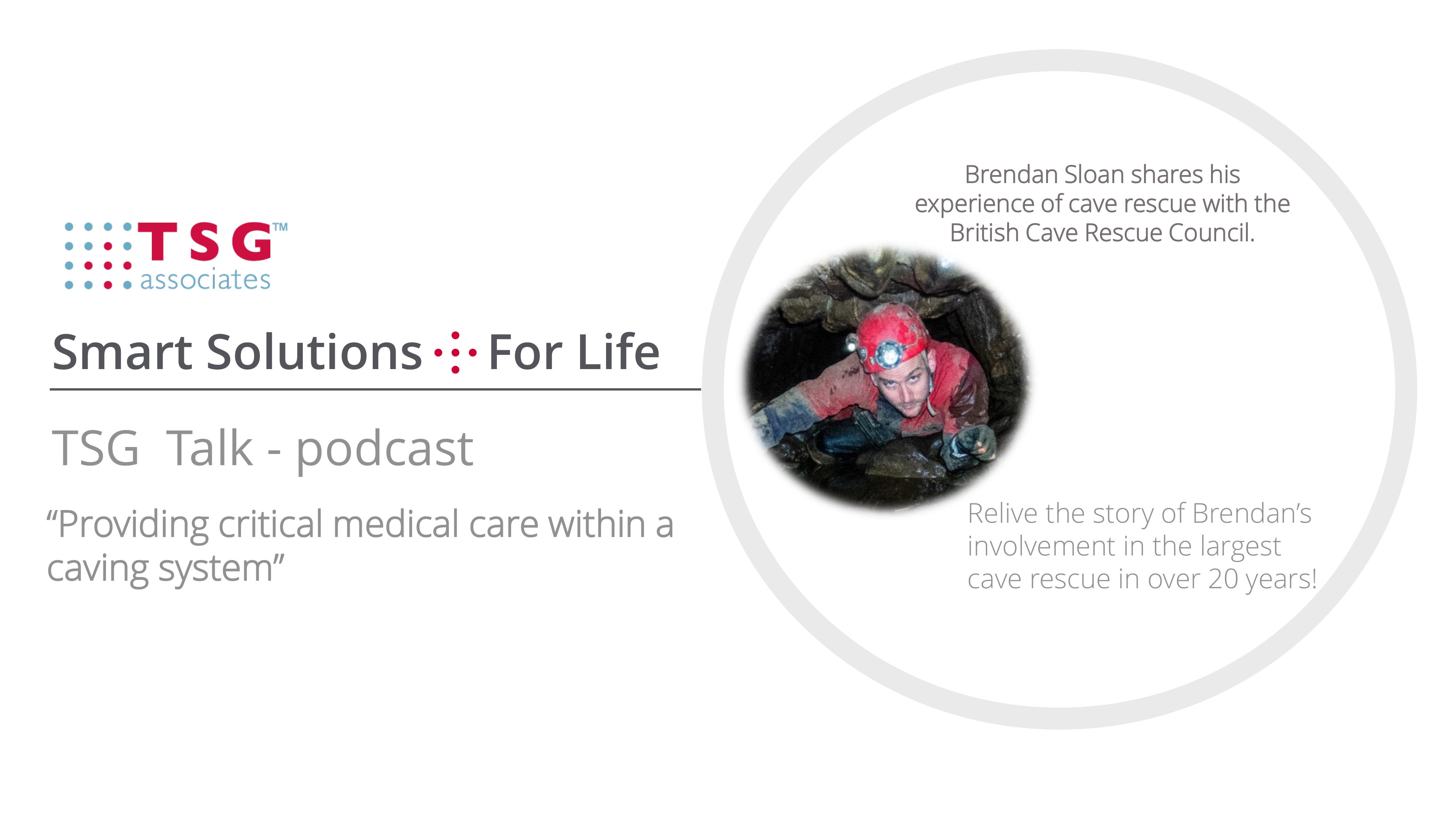
TSG Talk - Providing medical care within a caving system
There are many complex environments in which medical care will need to be provided, and one of the most challenging is within a cave system in which countless…
Read more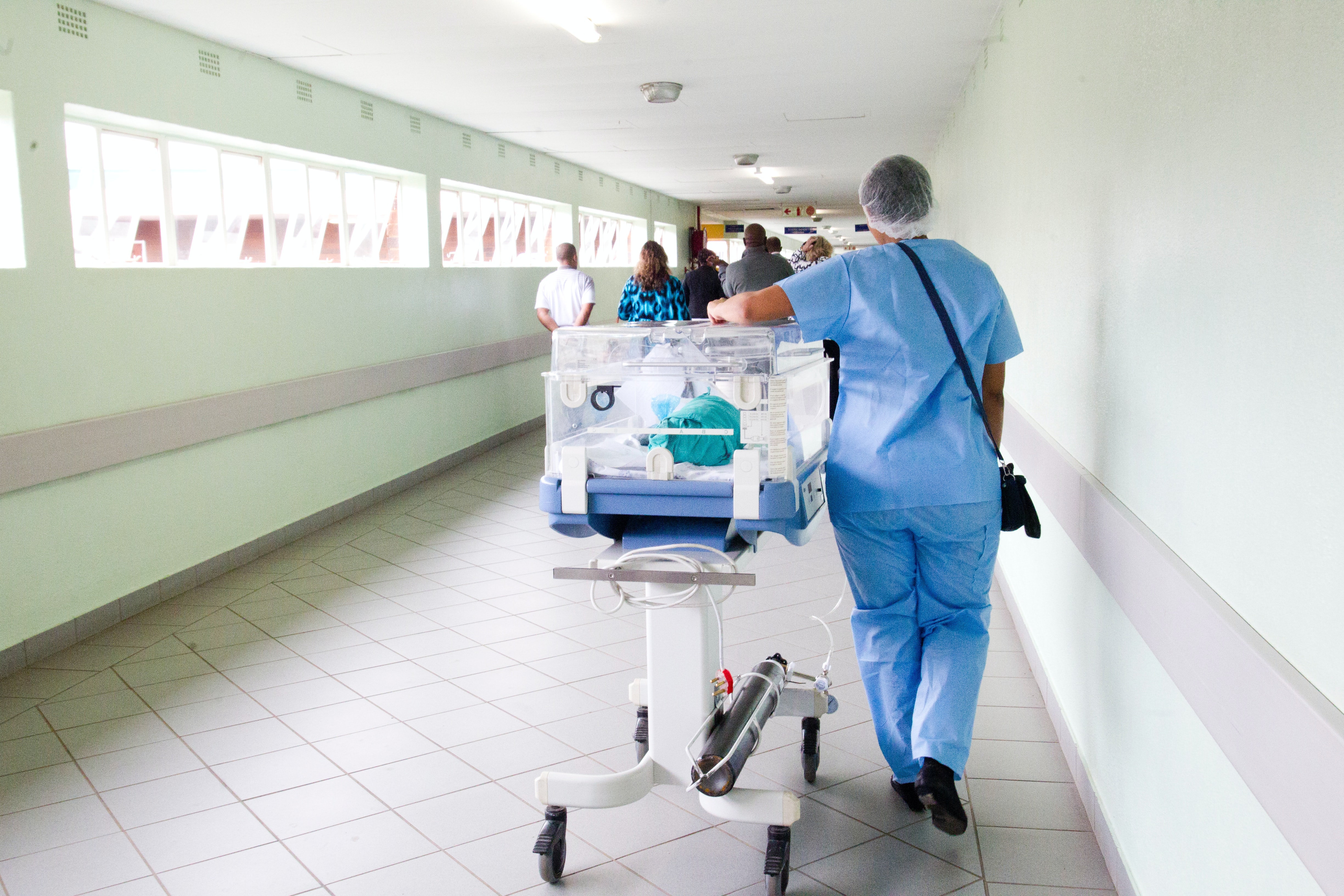
Multiple casualty triage - a review of SALT, START, SIEVE
Rapid triage is a mainstay of early Multiple Casualty Incident (MCI) management. For this purpose, triage protocols have been developed, which aim at both standardising patient assessment and…
Read more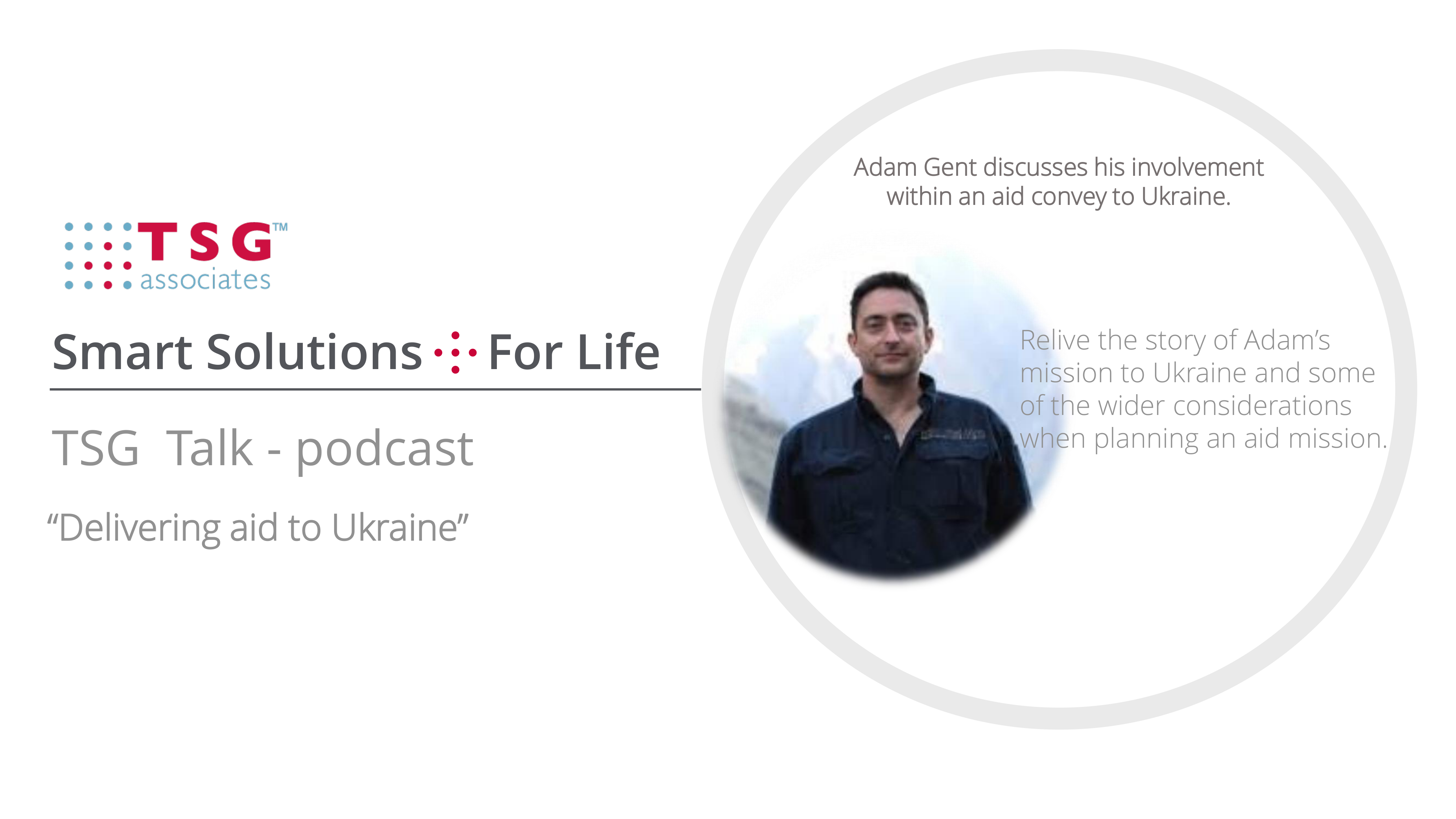
TSG Talk - Delivering medical assistance to Ukraine
During a recent episode of TSG Talk, Colin Smart, Senior Partner at TSG Associates, discussed Adam Gent’s aid mission to provide assistance to the Ukrainian people during the…
Read more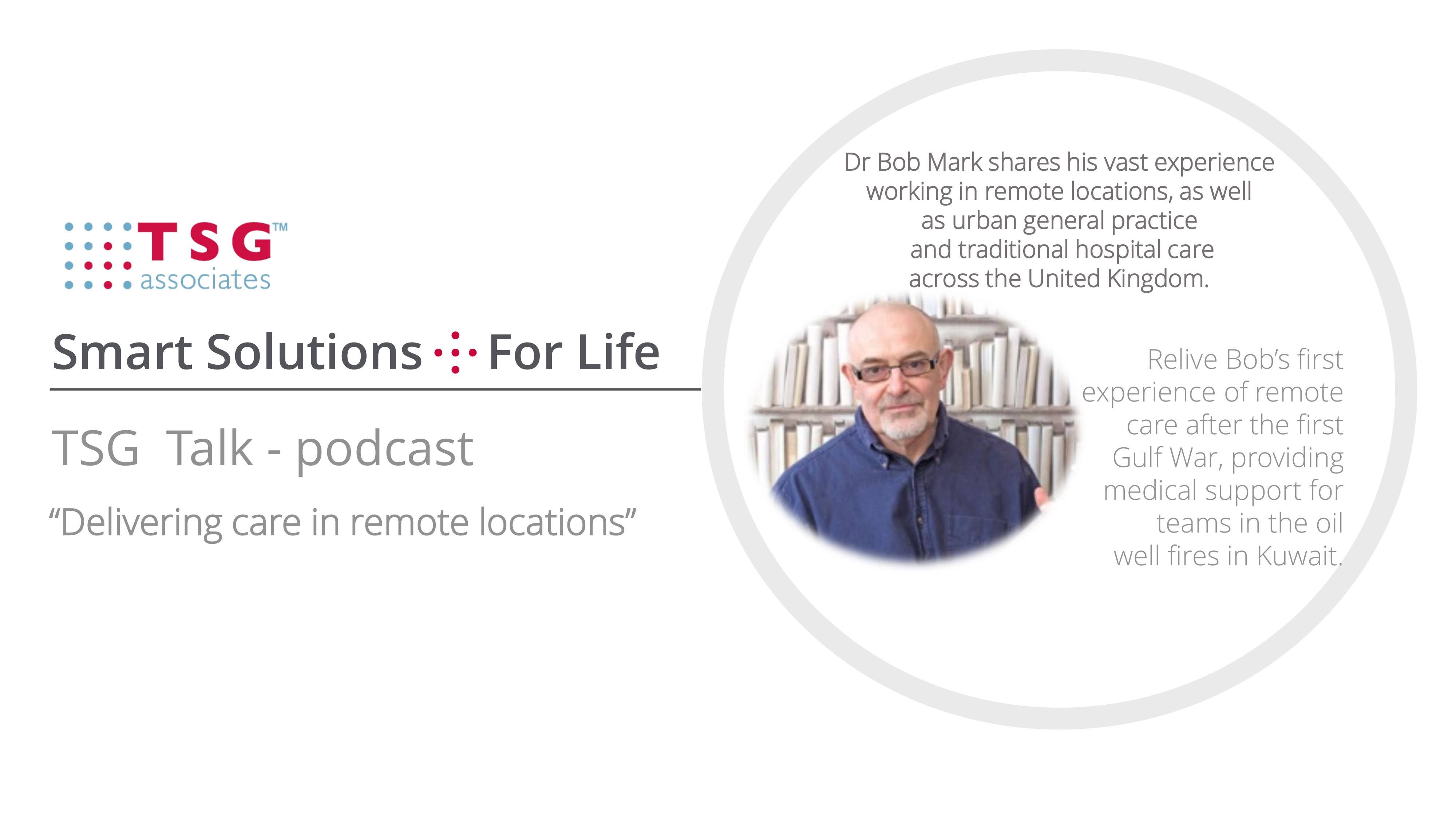
TSG Talk - Delivering care in remote locations
Delivering optimum care will always be the primary objective to minimise suffering and maximise survival for all patients when they require assistance. This also applies to working remotely…
Read more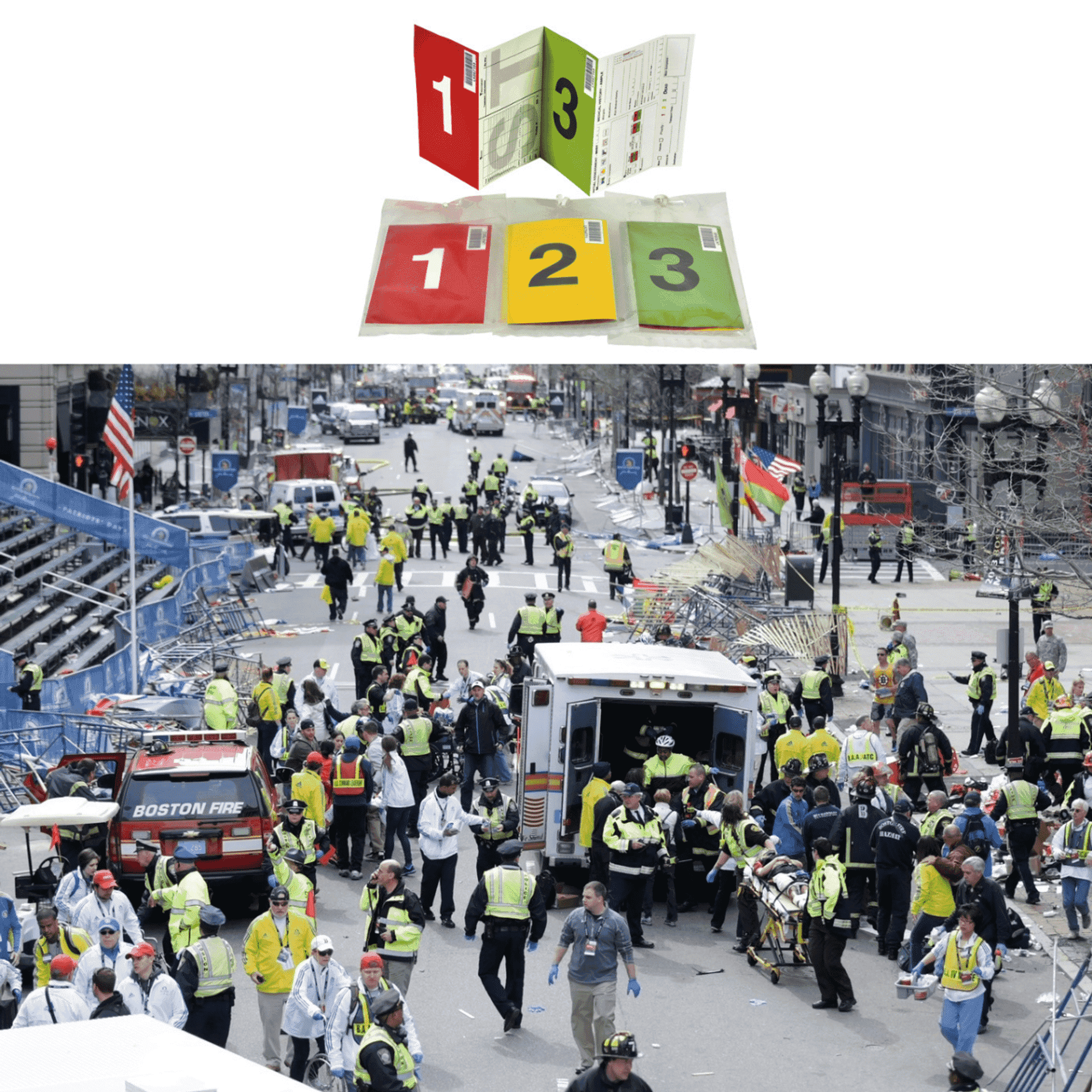
Three considerations to minimise fatalities during an MCI
In a typical Multiple Casualty Incident (MCI), the range of injuries can be extensive, from minor lacerations to severe haemorrhages, affecting many casualties over a wide area. Other…
Read more
TSG Talk - Delivering care in the civilian tactical environment
Delivering care in the civilian tactical environment is a responsibility that can involve anyone in civilian pre-hospital care. Often the first responders have limited experience in this area…
Read more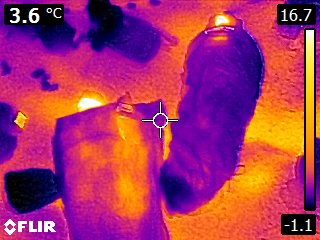
How effective hypothermia management in a military setting could prevent a fatality
It’s a common misconception that hypothermia is only a risk factor when a casualty is exposed to cold and/or wet weather for a long period of time. While…
Read more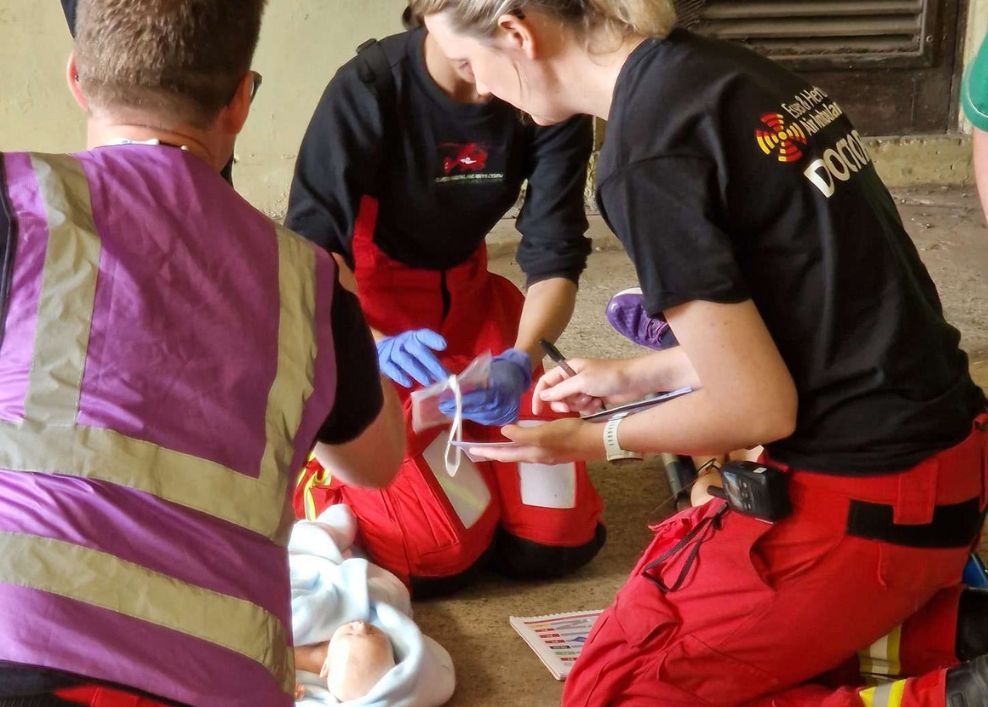
3 benefits of rapid and effective triaging in a multiple casualty incident
When a Multiple Casualty Incident (MCI) occurs, such as a major road traffic accident, fire, or terrorist attack, prioritising patients is critical for those that are most in…
Read more
Selecting the right medical solutions to enhance survival
Multiple Casualty Incidents (MCIs) are incredibly challenging for medical staff and first responders. The unique combination of circumstances increases the pressures and challenges faced by those involved. For…
Read more.jpg)
TSG Talk - Practical approaches to a multiple casualty event (MCI)
An MCI refers to an incident where emergency medical services are on-hand to respond to an event with multiple casualties, depending on the figures it can lead to…
Read more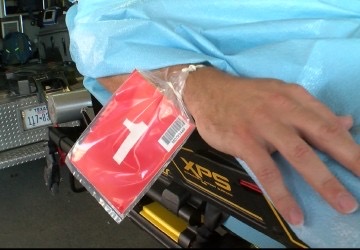
How can an efficient triage system help you to minimise suffering and maximise survivability in an emergency?
In a Multiple Casualty Incident (MCI) it is highly likely that there will be more casualties than initial resources on scene. A triage system enables first responders and…
Read more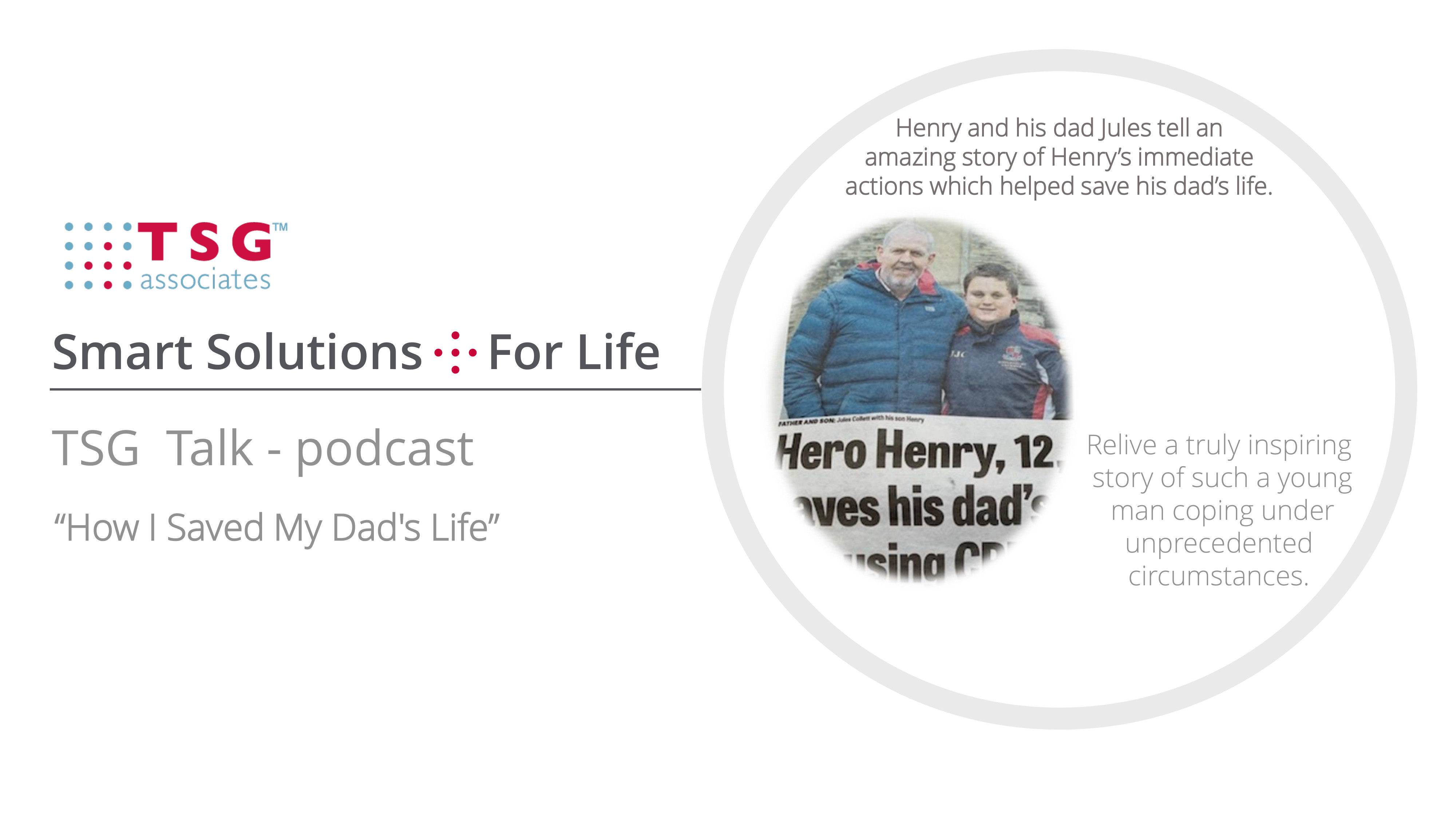
TSG Talk – How I saved my dad's life
In a recent episode of our podcast TSGTalk, Senior Partner, Colin Smart, spoke with 13-year-old Henry and his father, Jules, about a life-saving incident that occurred when Henry…
Read more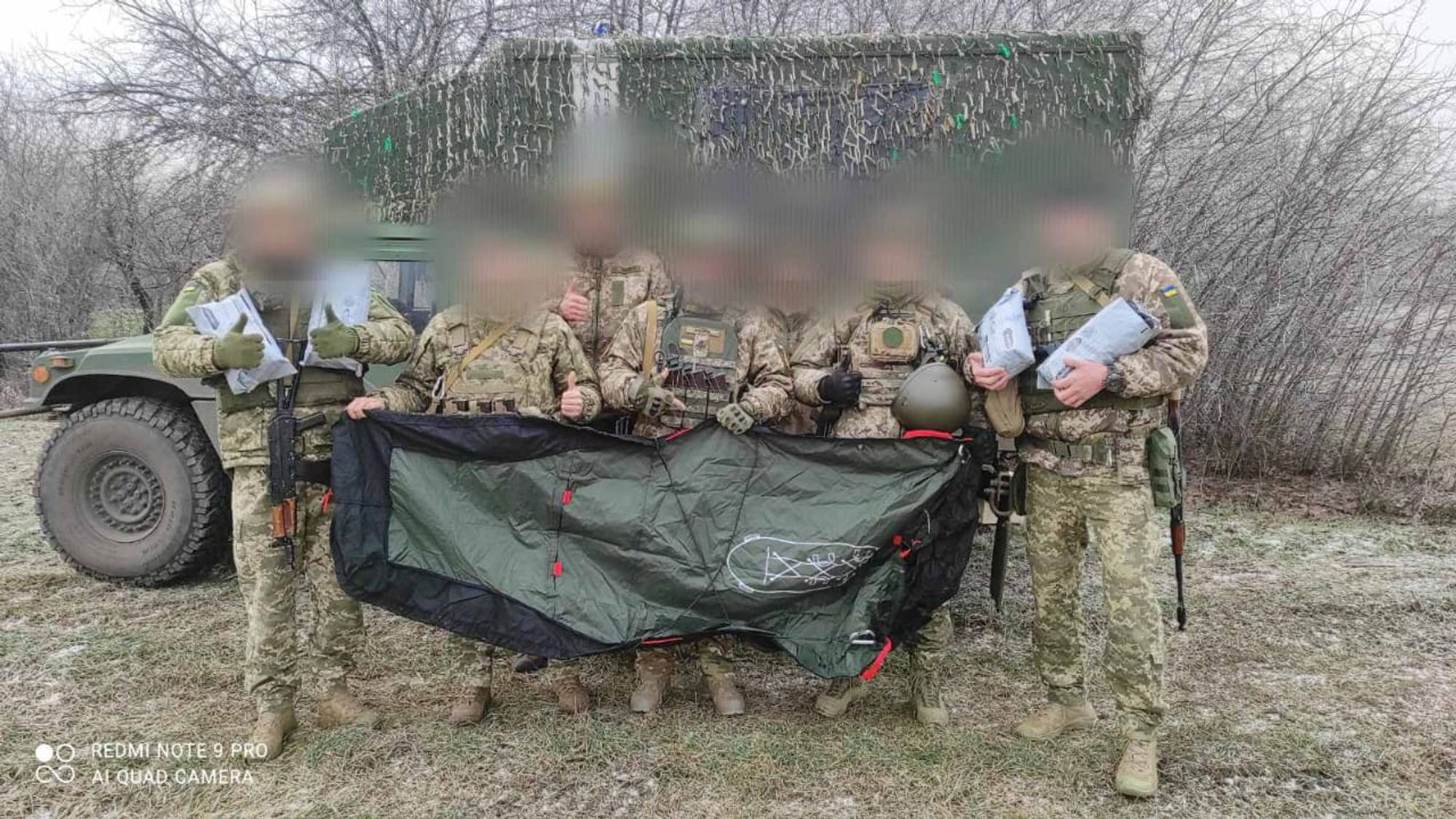
Stretchers in the austere environment? Here is what you MUST look out for!
Our initial transport of an ill or injured person can often be critical to their outcome. Managed badly we can exasperate existing conditions and undo treatments we have…
Read more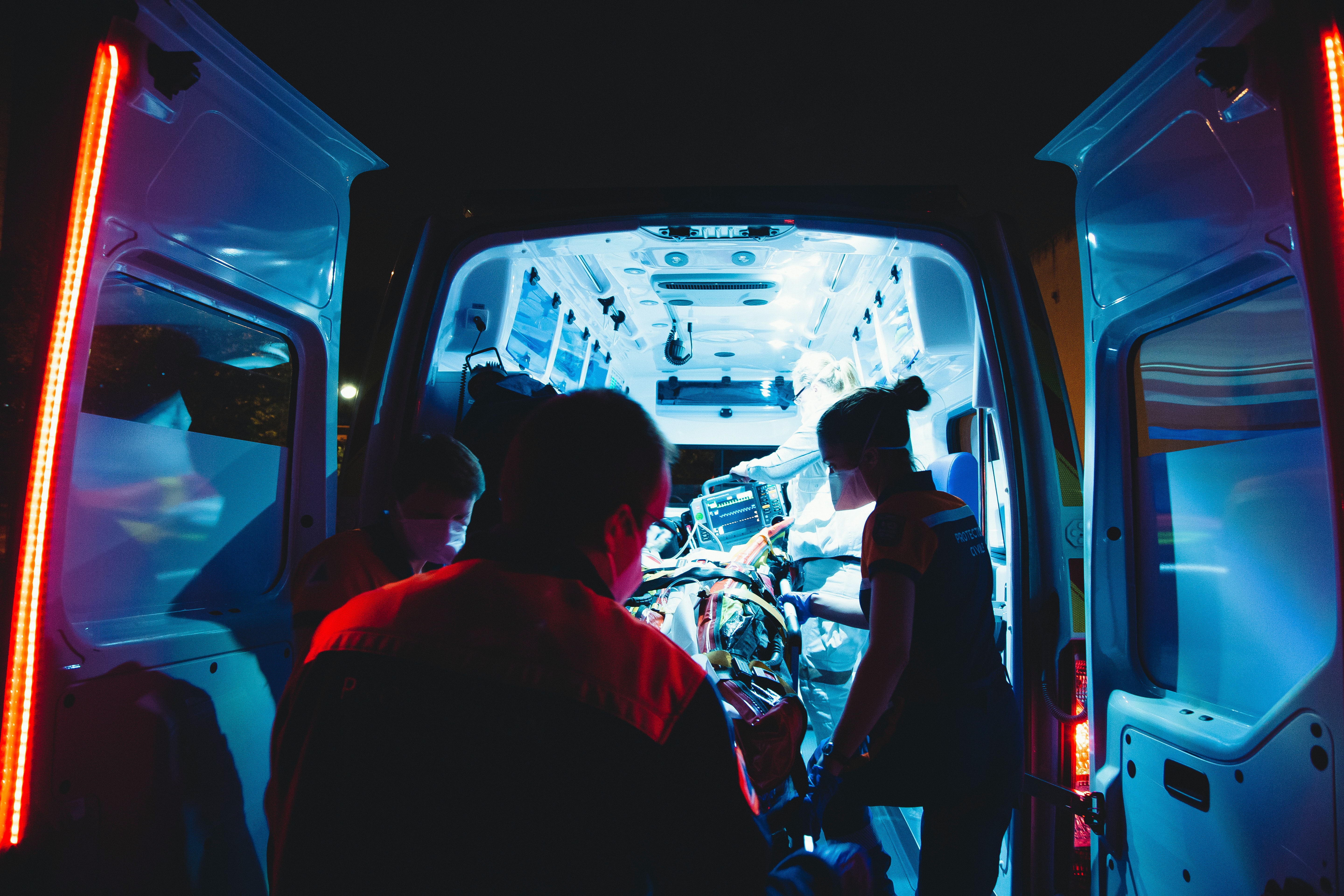
Is your emergency service ready to manage a Major Incident?
The UK’s emergency services play a critical part in protecting the public and keeping people safe but, like all organisations and businesses, there are always lessons to be…
Read more
Procedures to follow when preserving patient’s valuables and belongings
Care of patient belongings and valuables is a legal responsibility for NHS Trusts, under the Health and Social Care Act (2008) who must take active steps to protect patients’…
Read more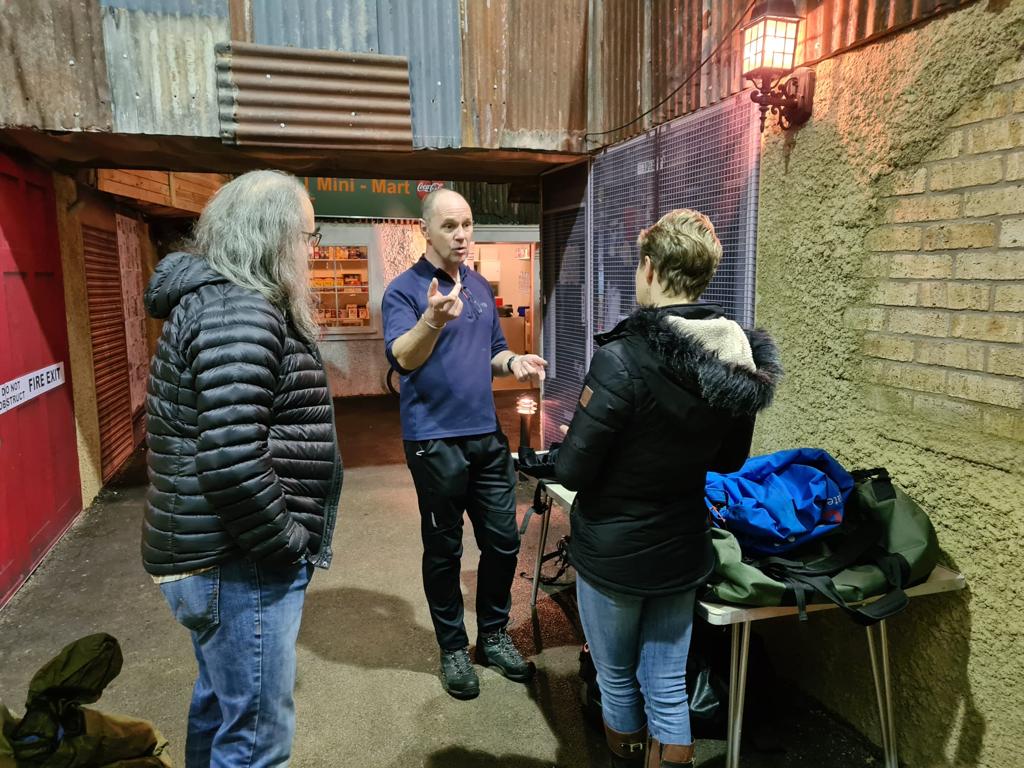
Managing hypothermia and improving survival chances in austere environments – TSG equipment put to the test in Forces News
Recently, TSG put their hypothermia management products to the test under scientific conditions to assess how effectively they protect casualties from the dangers of the cold in austere…
Read more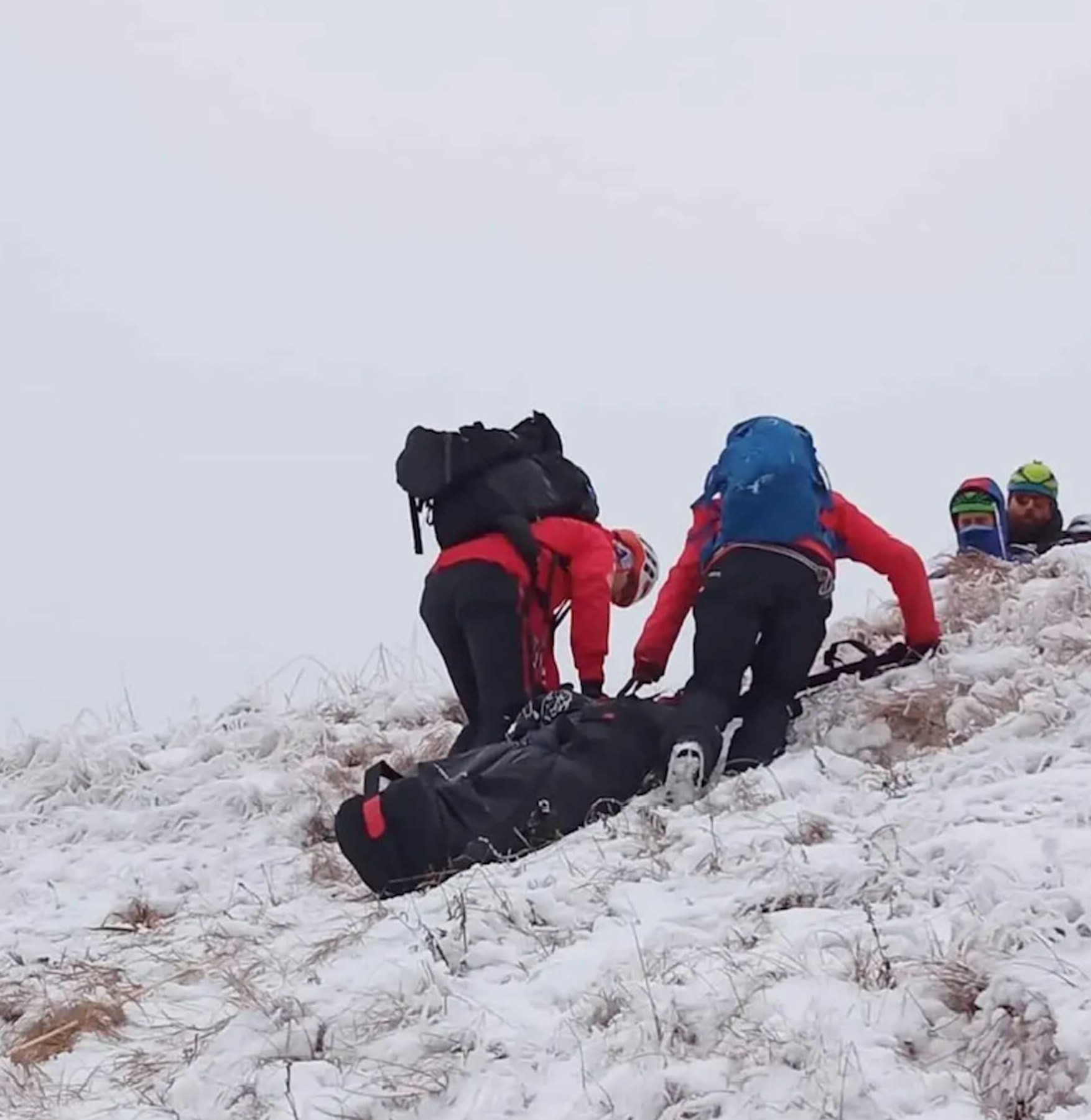
Hypothermia – an introduction
Hypothermia is defined as a body core temperature below 35.0 °C (95.0 °F) in humans. Symptoms depend on what stage of hypothermia is present. The stages of hypothermia…
Read more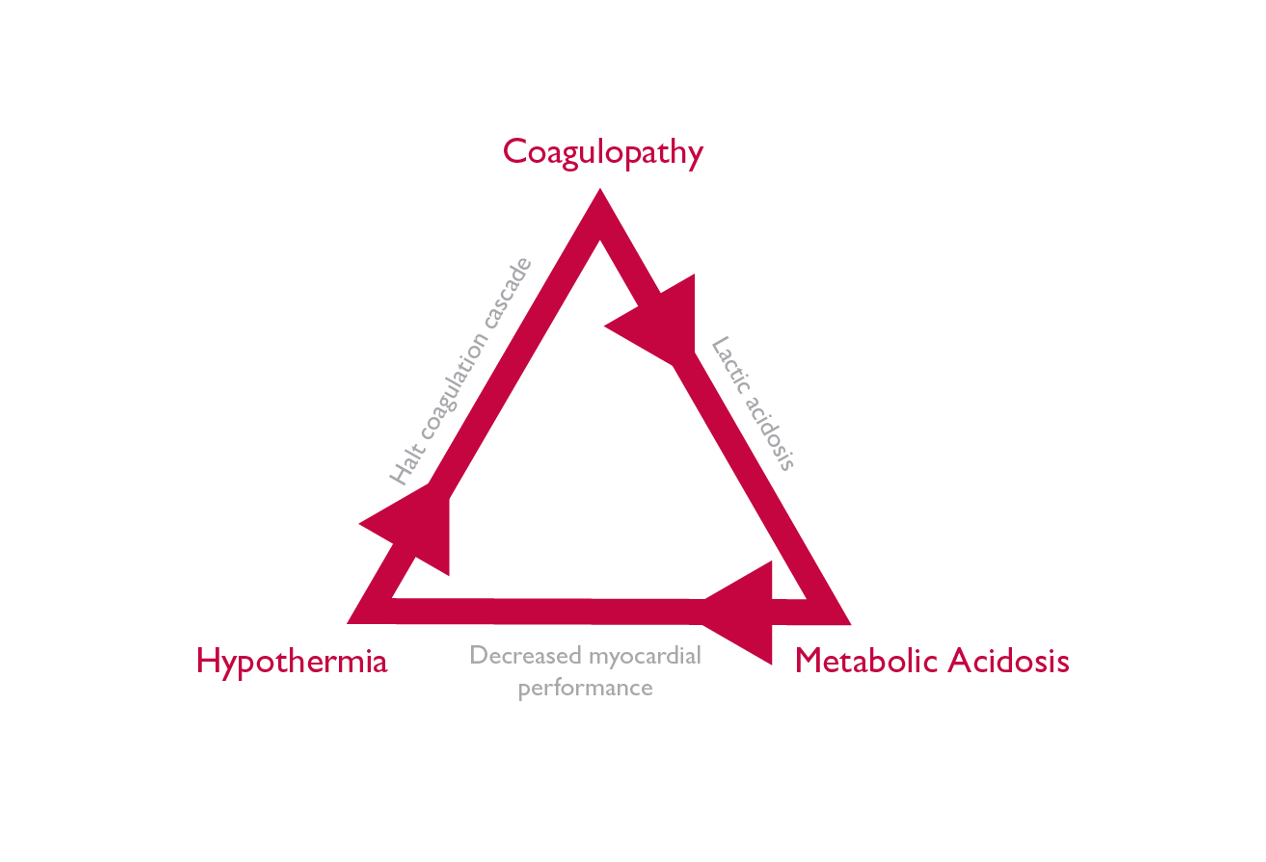
Hypothermia in the trauma casualty and the latest TCCC guidance
Why is Hypothermia in trauma patients dangerous? Hypothermia is widely recognised, alongside acidosis and coagulopathy, as a component of ‘the lethal triad’ that results in poor outcomes for…
Read more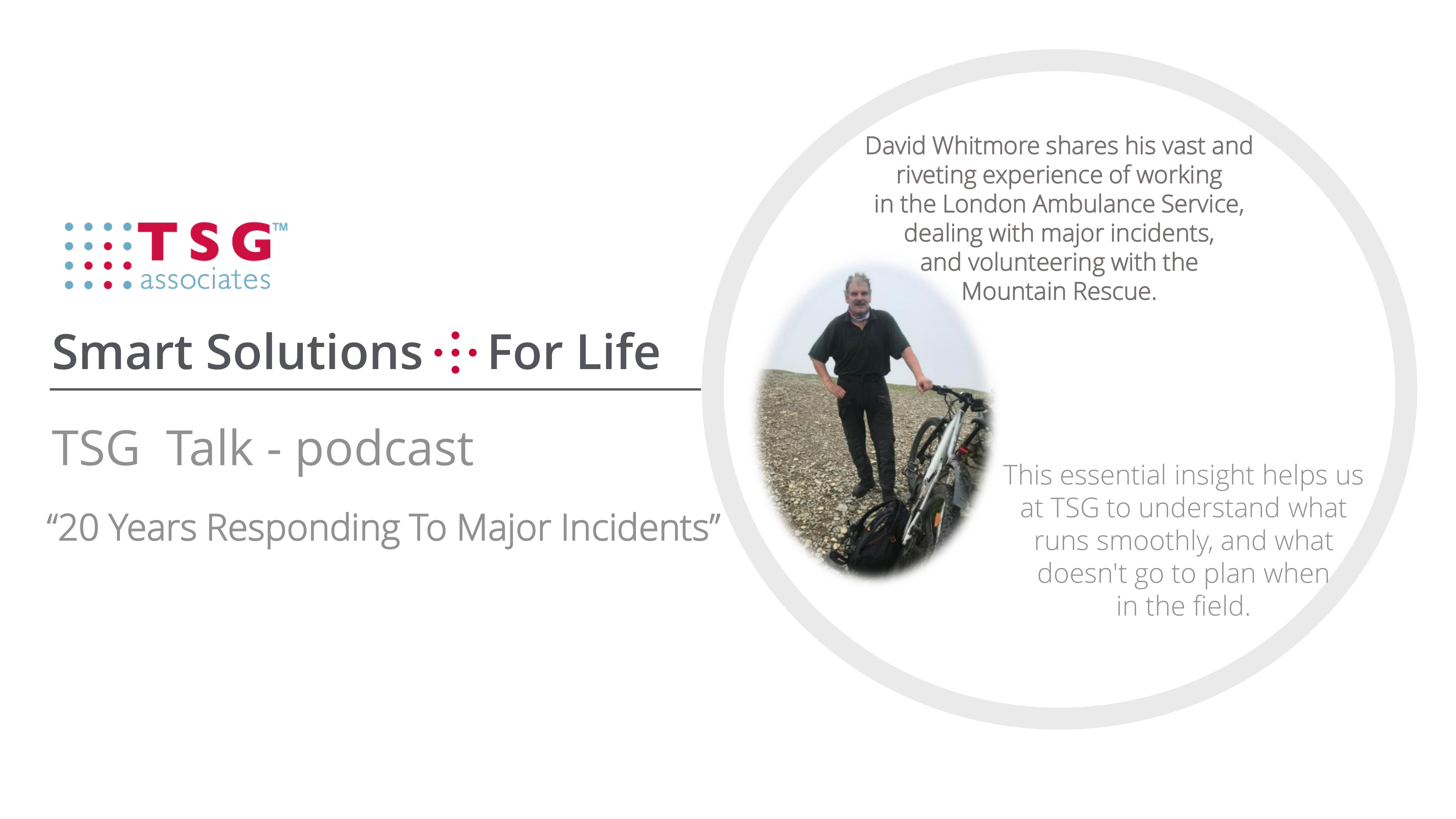
TSG Talk – Lessons from a career responding to major incidents
In a recent episode of our podcast TSG Talk, Senior Partner Colin Smart engaged in a conversation with Dave Whitmore, formerly of the London Ambulance Service, a renowned…
Read more
The lethal triad and how to address it
Preserving life and minimising suffering is the priority in any trauma situation, but complications can make this task even more challenging, especially in dangerous or hostile environments. Despite…
Read more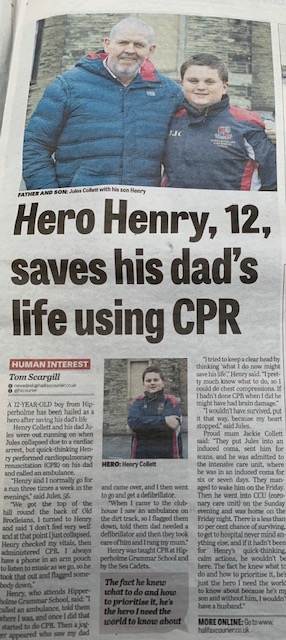
How I saved my dad’s life, a case for why maximising survival needs a chain of time critical actions.
Recently we looked on in horror as the footballer, Christian Erikson, collapsed on the football pitch during the European Football Finals. His survival was in large part due…
Read more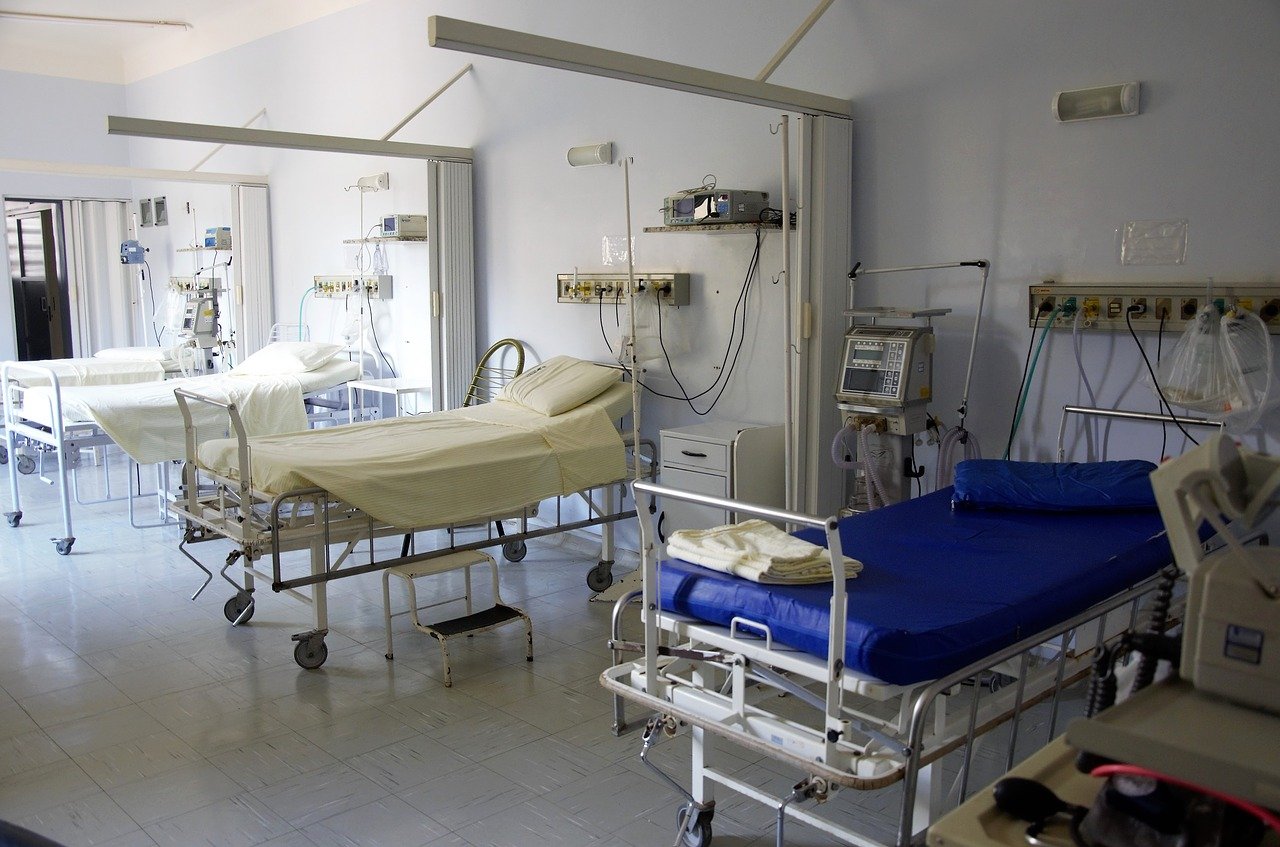
How to handle patient possessions on shift
What steps can be taken to ensure that patient property is handled with dignity and professionalism, whilst not distracting time and attention away from urgent medical care?
Read more
Why is a hospital evacuation plan important?
To prepare for the worst-case scenario, hospitals need an evacuation plan that ensures patients and casualties can be moved quickly and efficiently, with the infrastructure and equipment in…
Read more
When does size matter? The case for the ultra lightweight stretcher.
“Rapid casualty extraction often becomes the key link in the chain of survival.” -Dr John Hall MB CHB, DRCOG, DFSRH, DIMC RCS ED. HON. Senior Clinical Lecturer in…
Read more
What’s going wrong in this picture?
I am privileged to be invited to various drills relating to multiple casualty care. It’s always an interesting experience as I can be an outside pair of eyes…
Read more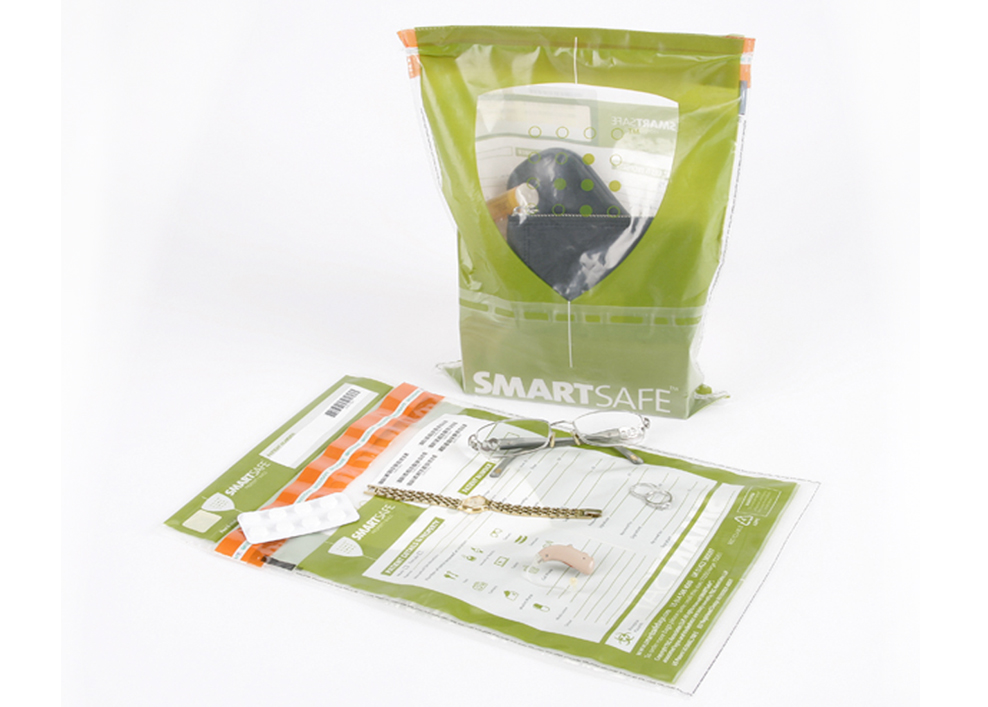
COVID, Keeping Safe and Handling Patient Possessions
Whether a patient in hospital, ourselves or a next-of-kin, it is what we value or hold dear to us (often reminding us of our loved ones, e.g. a…
Read more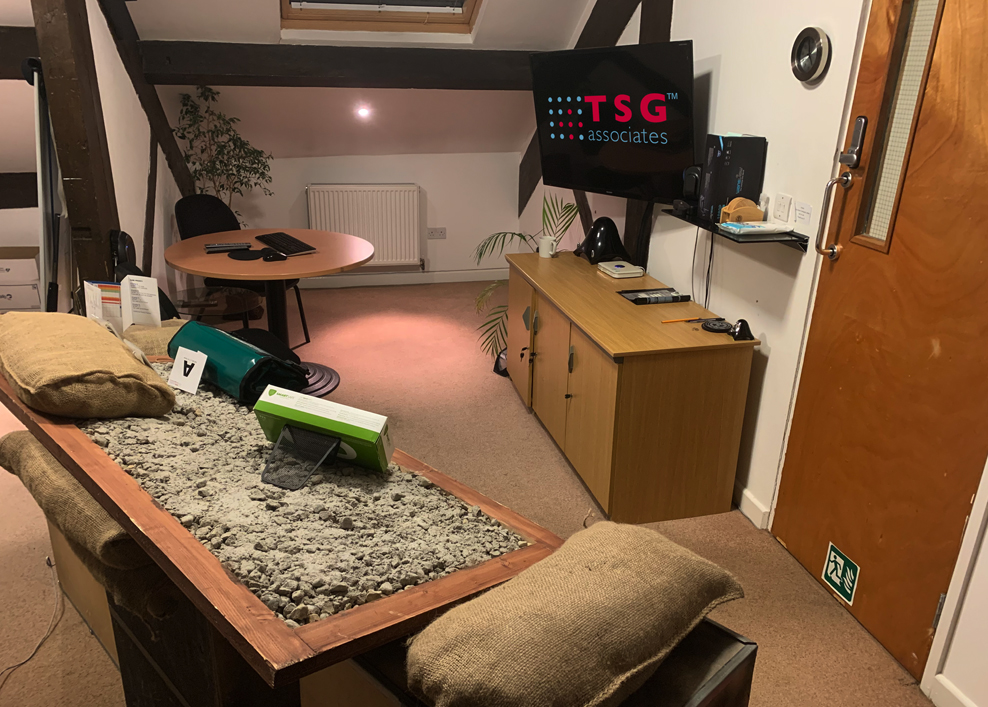
Zooming around the world
When James, our Key Account Manager, was returning home from work last week his daughter asked what he did at work today? The answer was something like this….
Read more
Helping out at a local level
2020 was a tough year for many people. At TSG we wanted to look at how we could assist our local community, especially for those who had hit on…
Read more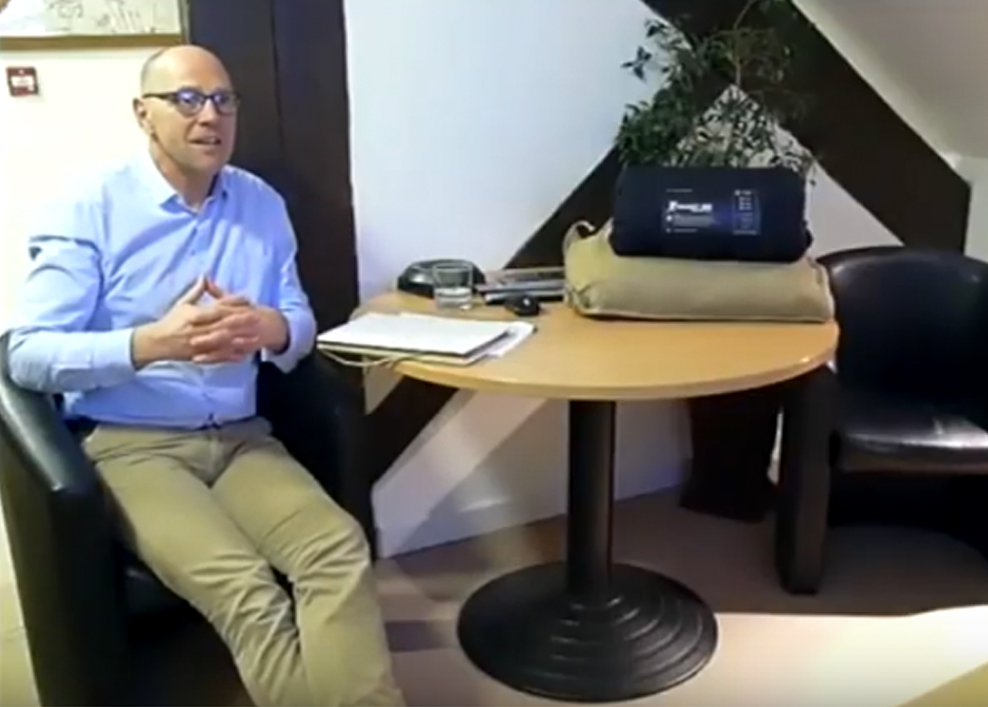
Cameras & action
Recently we had the pleasure of being interviewed by Dr Sam Slishman MD.
Read more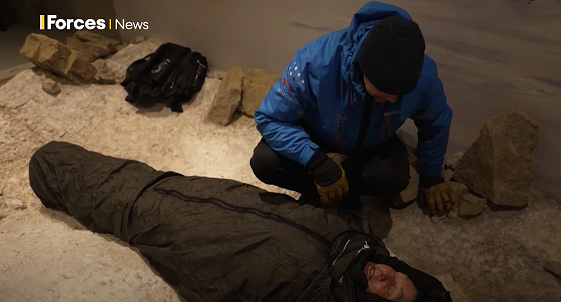
TCCC Hypothermia Guidelines
A ground breaking paper on how we approach hypothermia is now available:
Read more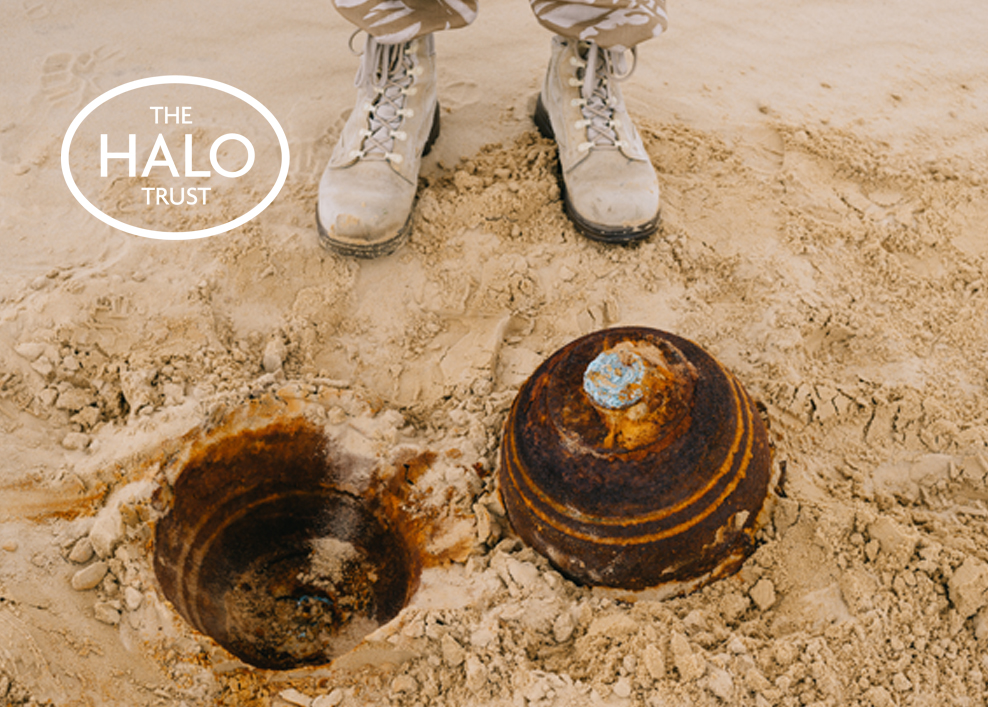
Proud to support a great organisation
The HALO Trust helps countries recover after conflict. Clearing landmines, to save lives, is at the heart of what they do.
Read more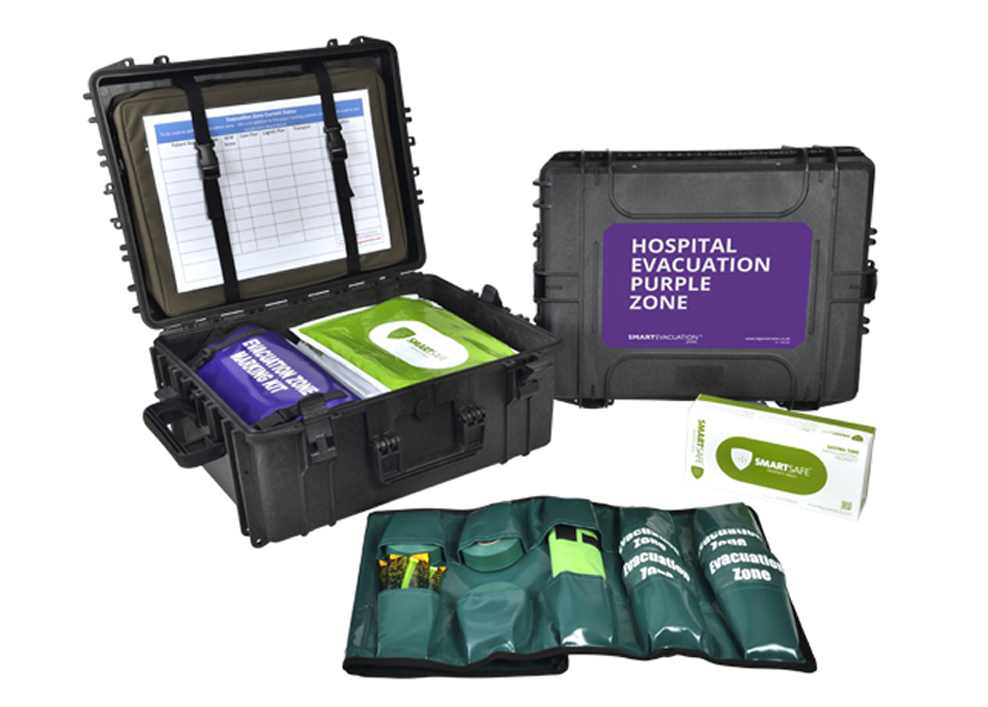
TSG Associates launch new hospital evacuation system, SmartEvacuation™
Hospital evacuation is something that many of us are totally unaware of. Usually because they are partial and it is reported locally rather than nationally.
Read more
Homelessness, winter and the struggles against hypothermia
The days are getting colder and the nights are getting longer. Mornings are chilled and the frost is biting; winter is coming and it can’t be ignored. The…
Read more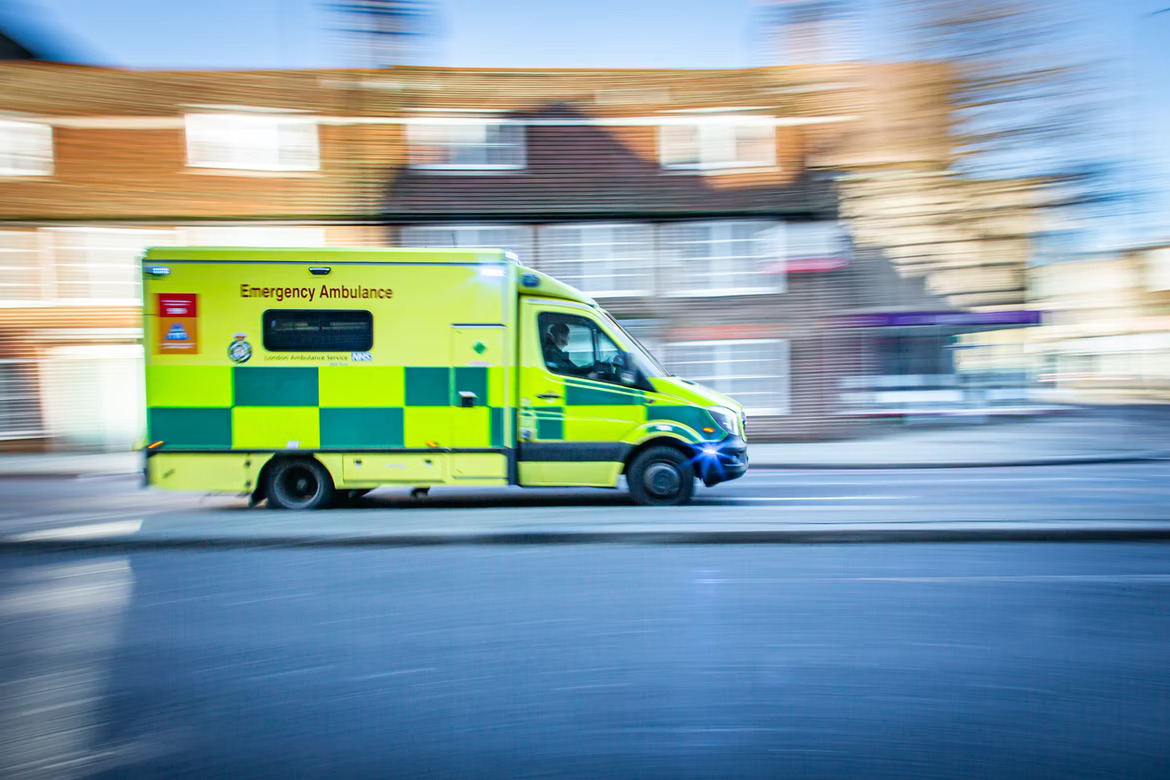
London Ambulance service adopt SmartSafe™
TSG Associates are delighted to announce that London Ambulance Service has standardised the use of SmartSafe™.
Read more
When communications go wrong...
Communications are the most frequently identified failings during the response to multiple casualties. The following is a real story of when communications failed. It highlights a simple misinterpretation…
Read more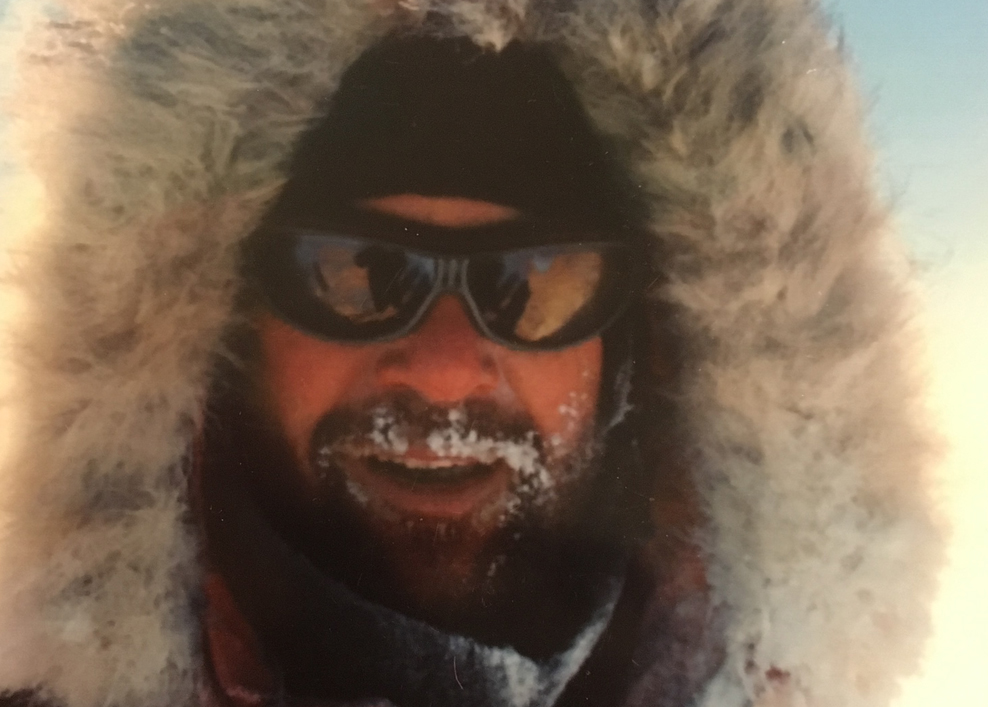
Colin successfully crosses Greenland
Much to everyone's relief (well his mum and pregnant wife anyway) Colin has successfully completed his crossing and safely returned from his polar expedition.
Read more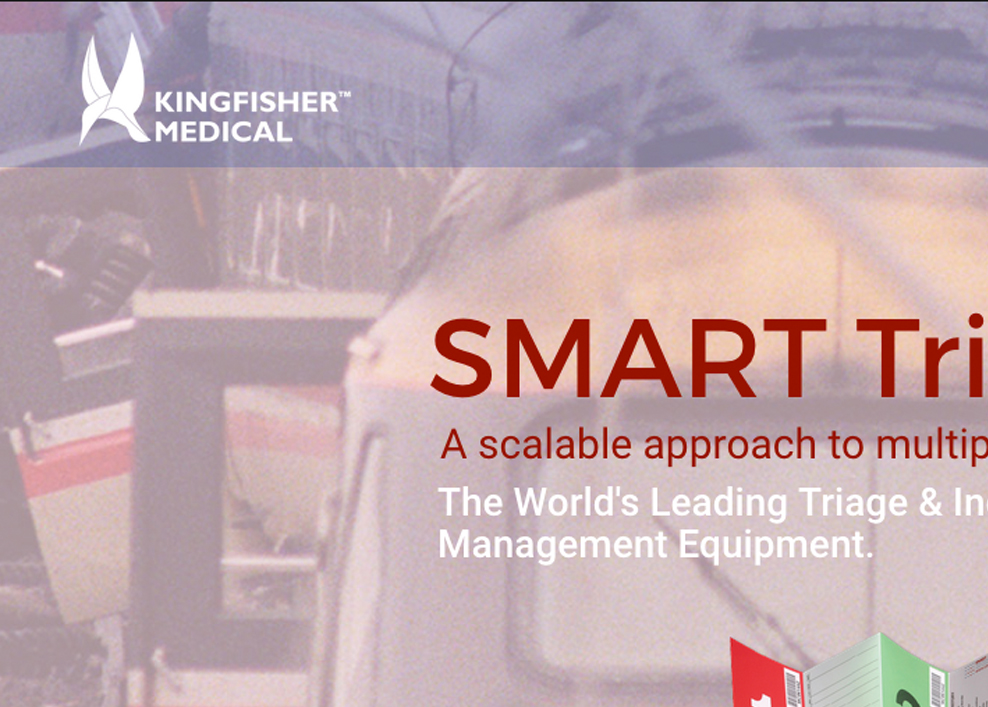
TSG Associates opens new office in America
Branded Kingfisher Medical, our sister company's primary purpose is to distribute our full range of products across North America, providing our US Customers with unparalleled product knowledge and customer…
Read more
Improving patient outcomes from a mass casualty event
During the most recent large scale incidents, we have seen very serious war-like injuries being sustained by the casualties involved. These injuries, if they are to have a…
Read more
Covering 1 in 4 Americans
The SMART Tag™ is now used by EMS, covering over a quarter of the population of the United States (as calculated from the US Census Bureau).
Read more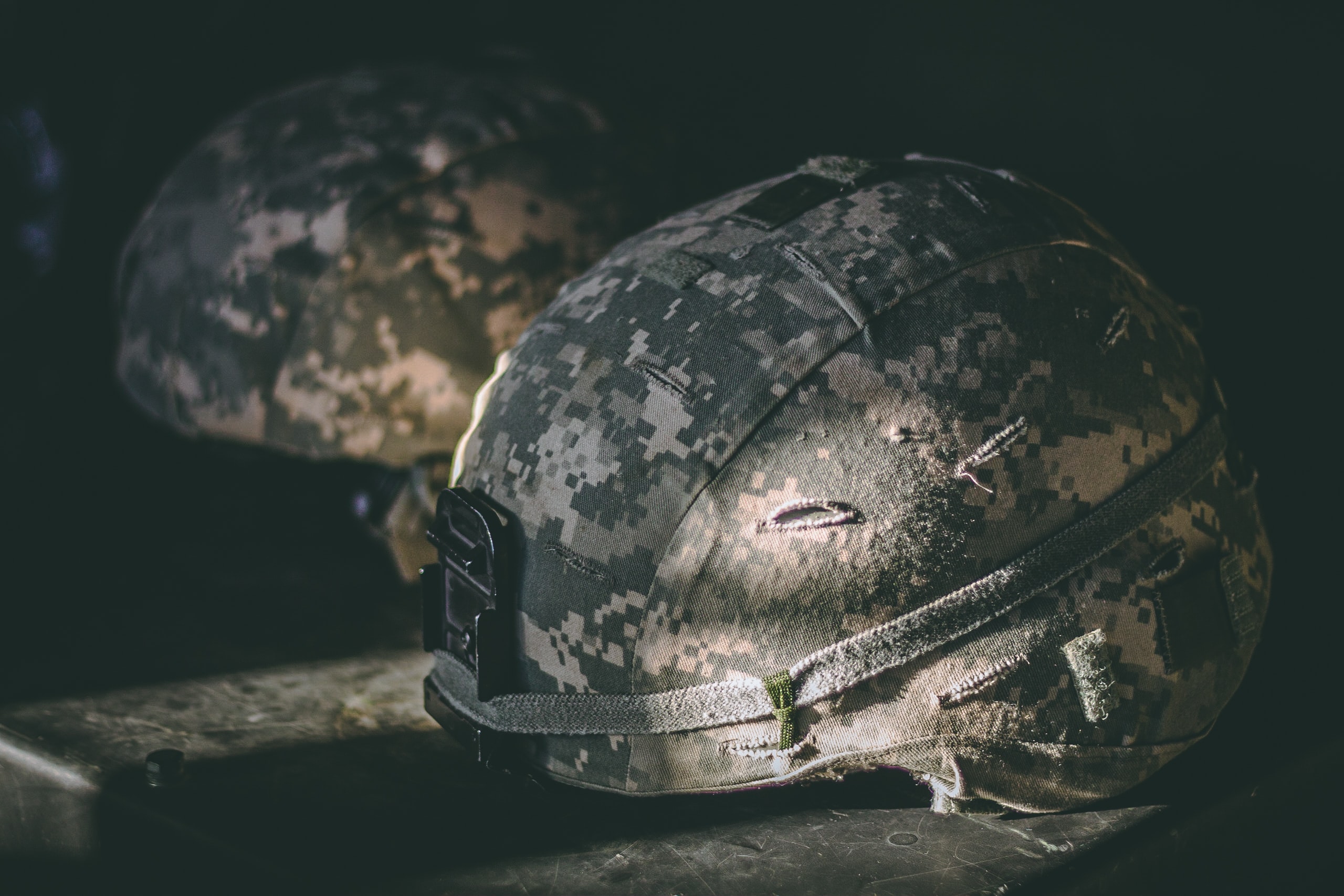
TSG brings innovation to the defence industry
Recently branded as a Northern Powerhouse, TSG Associates have been praised by the MOD on the success of Xtract®2.
Read more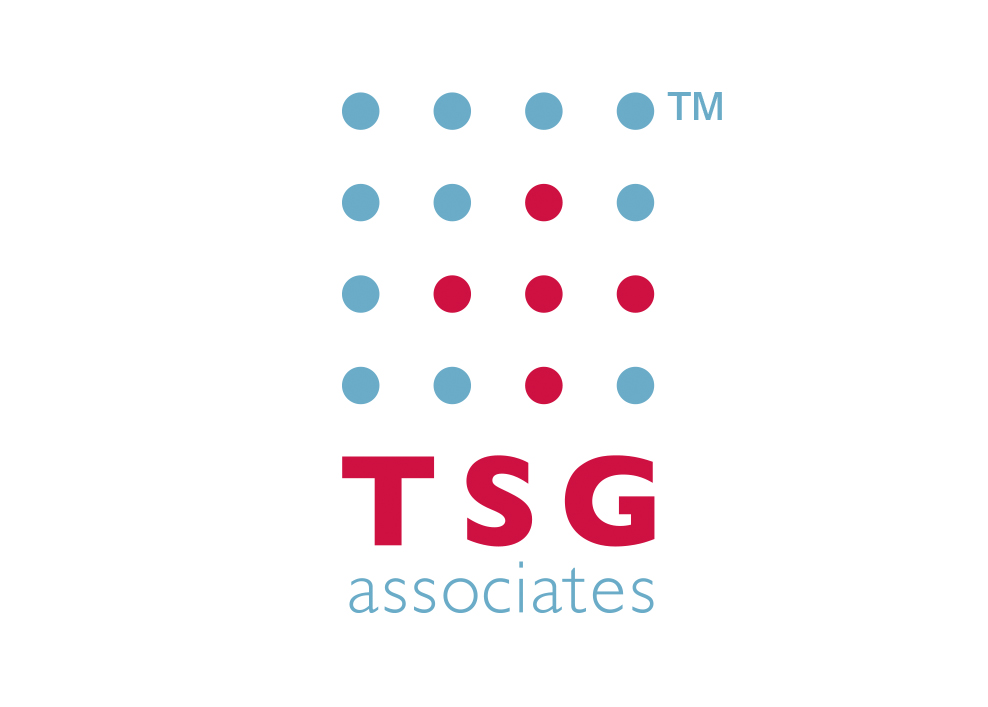
JEMS Reviews TSG's latest product
You're on scene at an MCI involving a passenger train. People were thrown around violently after impact - their bodies flying one way, their belongings another. Briefcases, wallets,…
Read more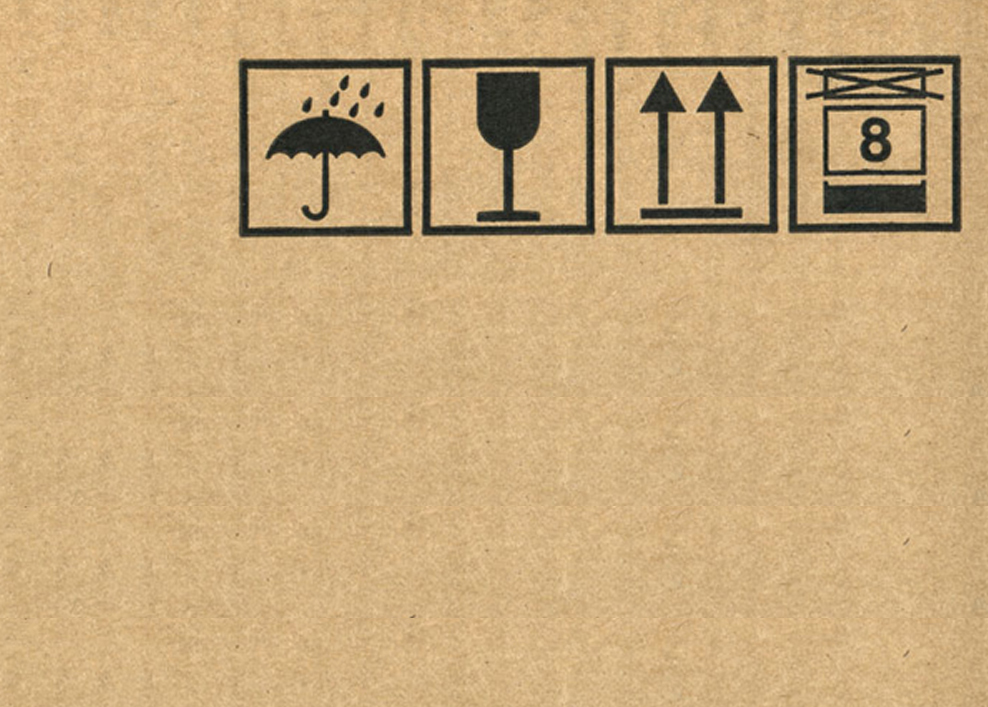
TSG awarded ISO 9000:2001
TSG Associates Ltd have been accredited with ISO 9000:2001
Read more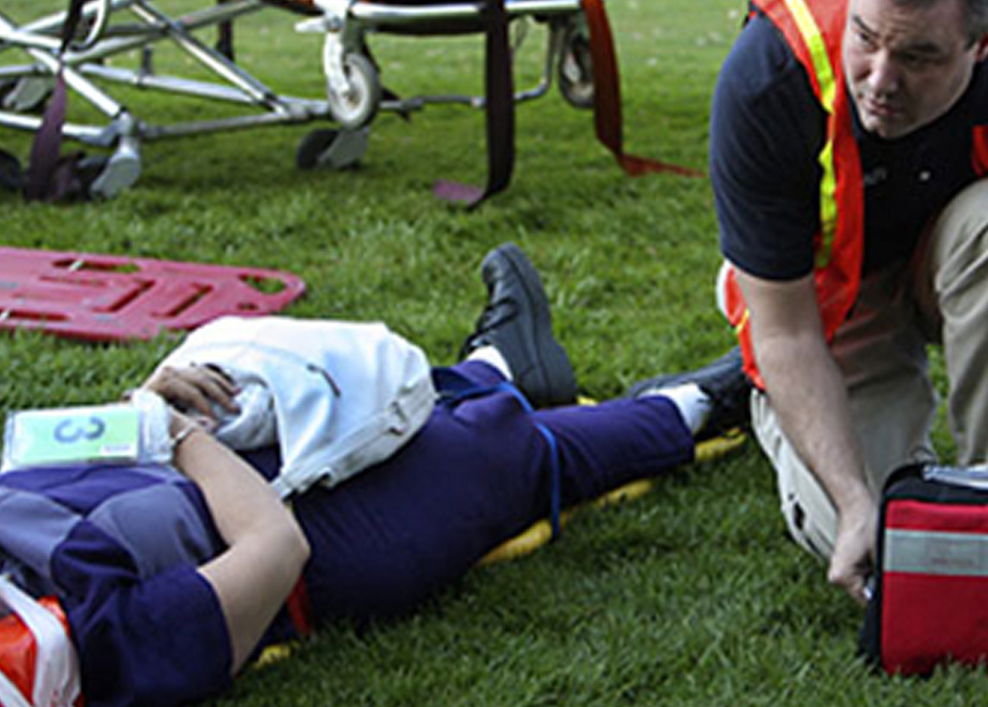
Connecticut mandates SMART Triage
Effective August 1st 2007 The SMART Triage Tag Will be the Standard used by all Connecticut EMS Care Providers, as the front end MCI command system.
Read more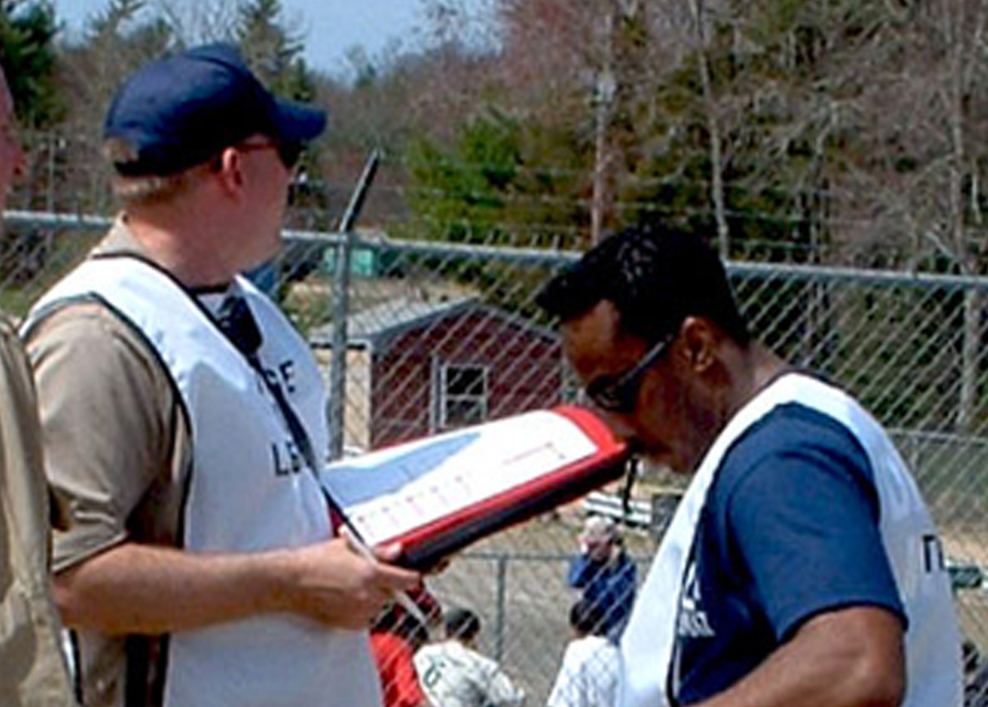
Liberty township testimonial
I am writing this letter so you may forward this information on to your contacts with the SMART triage system.
Read more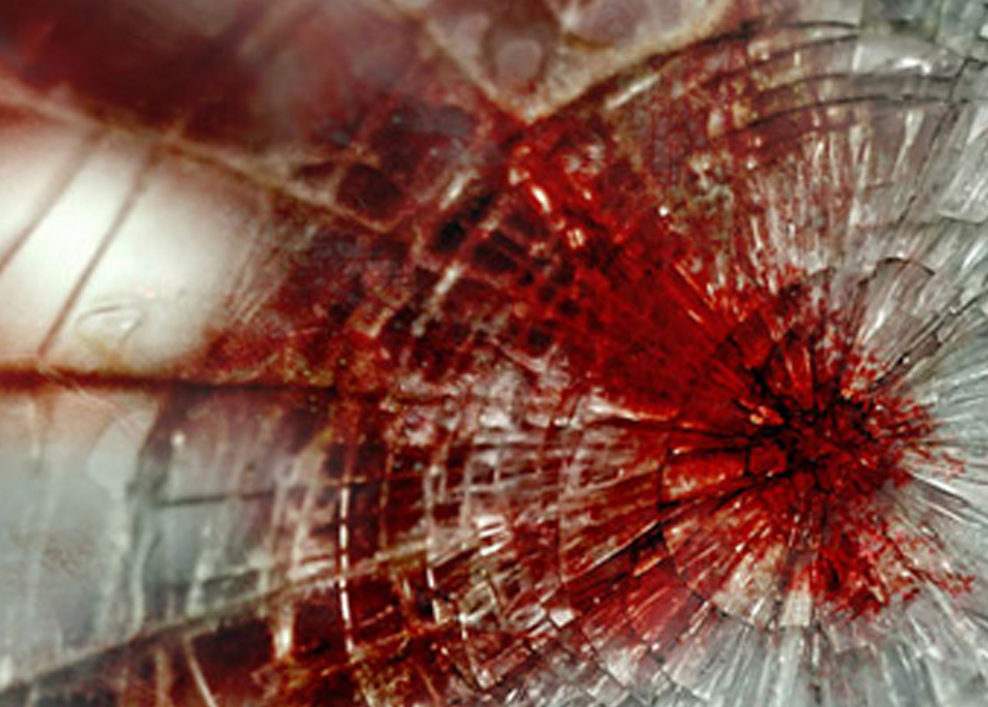
SmartTriage™ Tag helps save lives in recent bombings
The recent London bombings on July 7th saw the use of the SmartTriage™ Tag and SMART Incident Command System, by London Ambulance Service and the receiving hospitals.
Read more
London ambulance service examines 7th July response
Following the bombings of the 7th July, London Ambulance Service examines the process involved in triageing patients at major and large scale incidents and finds out how it…
Read more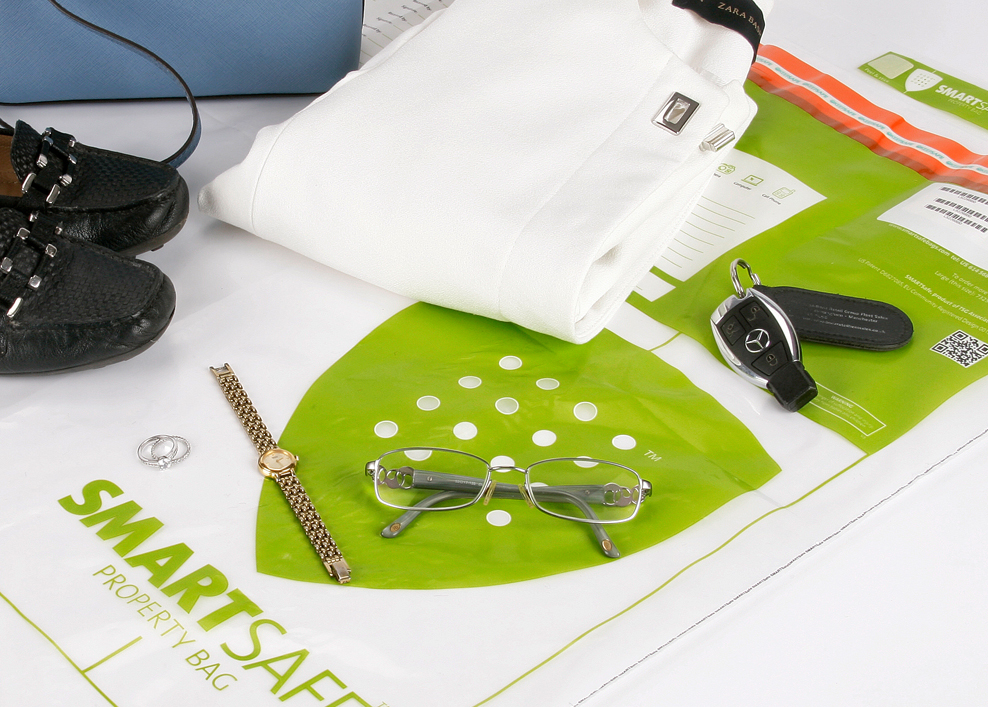
Fantastic find - EMS magazine
Mike Smith, BS, MICP looks for the latest and greatest tools of the trade at EMS Expo 2005 and declares that the SMART Evidence and Baggage System (SEBS),…
Read more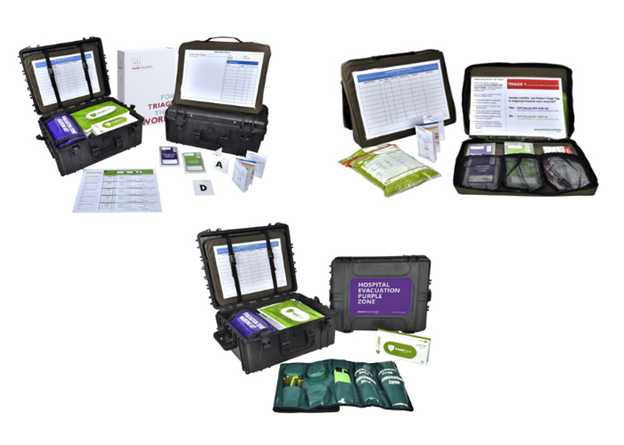
What are the differences between the Smart Evacuation™ Systems?
When emergencies arise that require patients to be evacuated from the hospital. A proven evacuation system can be critical for maximising safety, reducing disruption to patient care, and…
Read more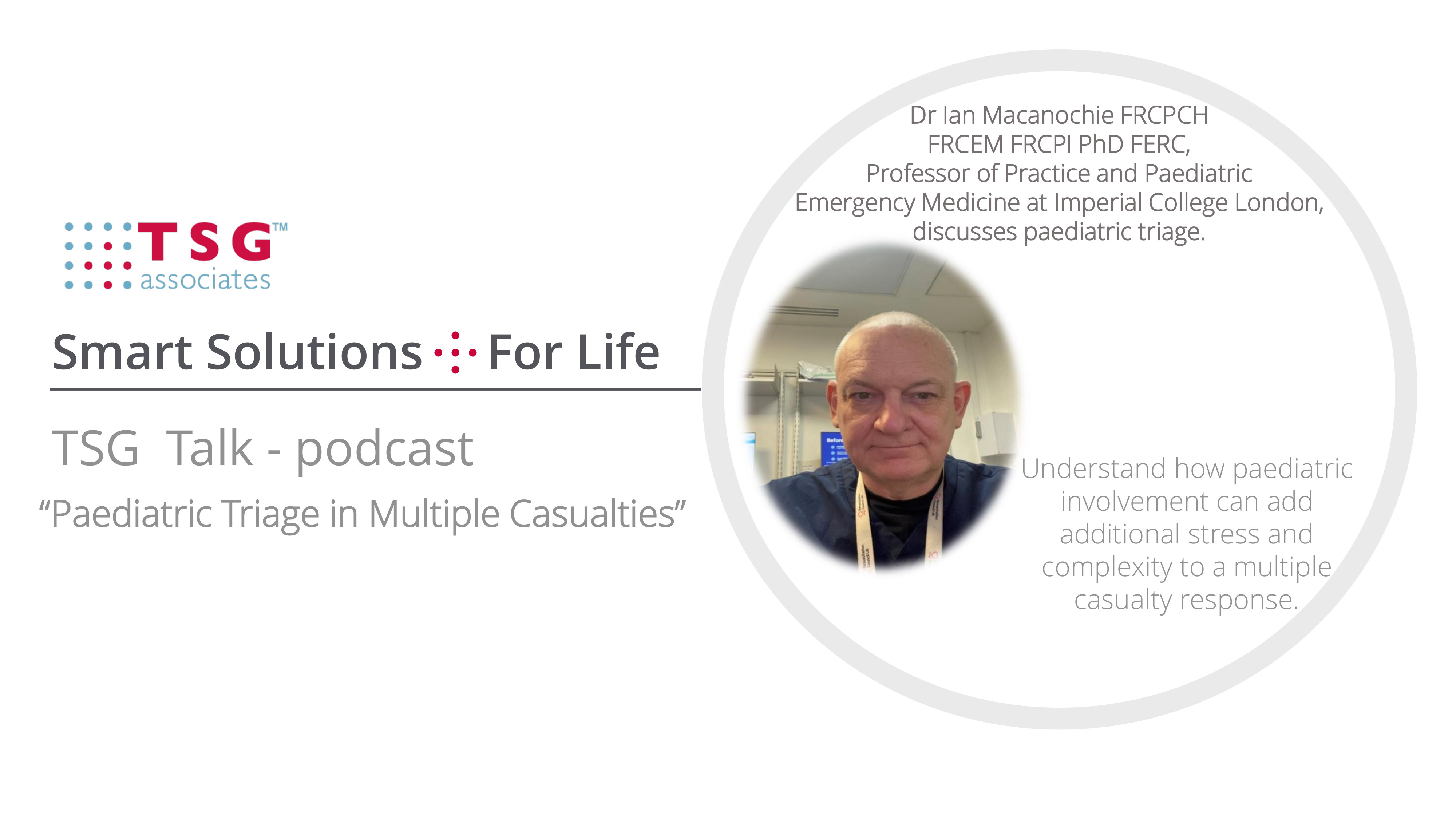
TSG Talk- Paediatric triage in multiple casualties
Administering effective triage is a vital component of a successful response during multiple casualty events, but it can be an incredibly difficult role to perform, especially with the…
Read more
Behind the scenes: An Interview with the creator of Tango Sierra Golf, TSG’s new brand ambassador
We recently spoke with Sarah from TSG, a key member of the team behind Tango Sierra Golf, the company’s new virtual brand ambassador. In this interview, Sarah shares…
Read more



